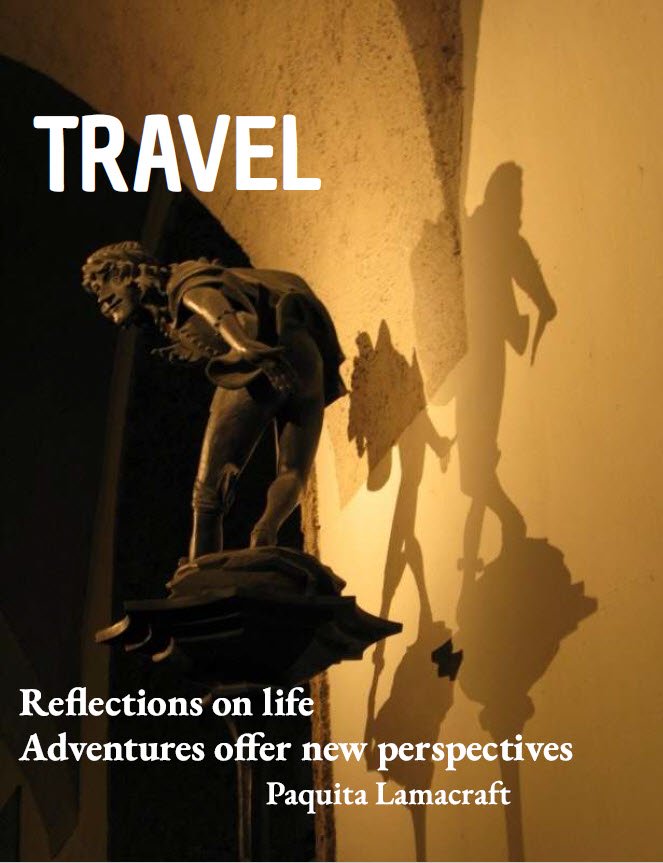Bloomsbury
The familiarity of Bloomsbury
Those who have read Dickens, Thackeray, Anthony Trollope, Thomas Hardy, Robert Louis Stevenson or Henry James will be familiar in fiction with one of my favourite interesting places in London: Bloomsbury.
It is here that so many of their characters lived and where so much fictional action took place.
This is where the Invisible Man (of the H.G. Wells novel of the same name) ran through the streets leaving wet footprints from invisible feet so that two young lads chased him, followed by a gathering crowd who were amazed at the phenomenon.
Fortunately for the fleeing Invisible Man, the crowds were obstructed by the progress in the opposite direction of a Salvation Army Band – so he got away to contemplate the predicament in which he found himself.
It is also here that J.M.Barrie chose to locate the Darling family nursery from which Wendy and the other Darling children flew with Peter Pan.
Barrie said that he chose the location for the family because it was where Mr. Roget had lived – and as Roget’s Thesaurus had been Barrie’s sole companion in early days in London, he ‘wanted to pay him a little compliment’ by situating the story here – in Bloomsbury.
Bloomsbury is described in 1906 by E.V. Lucas in A Wanderer in London. as:
...a stronghold of middle class respectability and learning.
The British Museum is its heart:
its lungs are Bedford Square and Russell Square,
Gordon Square and Woburn Square:
and its aorta is Gower Street
Today, the description remains valid, and when I wander the streets of Bloomsbury absorbing its history, I use the British Museum as my compass.
Bloomsbury neighbourhood
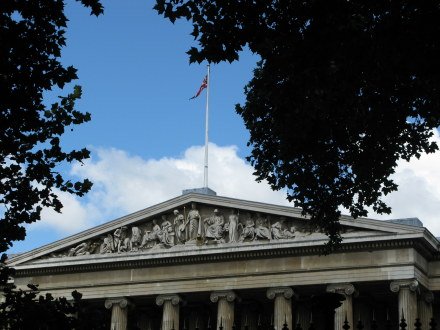
A book agent friend used to have a Bloomsbury apartment on Museum Street on the corner of Great Russell Street. Views of the British Museum filled its large windows, and it had a marvelous kitchen.
I want to buy it one day – or one like it nearby - and look out at history!
One can but dream.
Across the road is The Museum Tavern, familiar to those who read Sherlock Holmes. In The Case of the Blue Carbuncle it appears as the 'Alpha Inn'.
The original pub here was built in 1723 and the character of the place remains the same, with its woodwork and lovely mirrored bar. Until 1762 it was called the 'Dog and Duck' reflecting the patronage of duck hunters in what were known as ‘the long fields’ behind Montagu House, which was then one of the grandest great houses of London, but at that time on the outskirts of the city.
The Museum Tavern, Bloomsbury
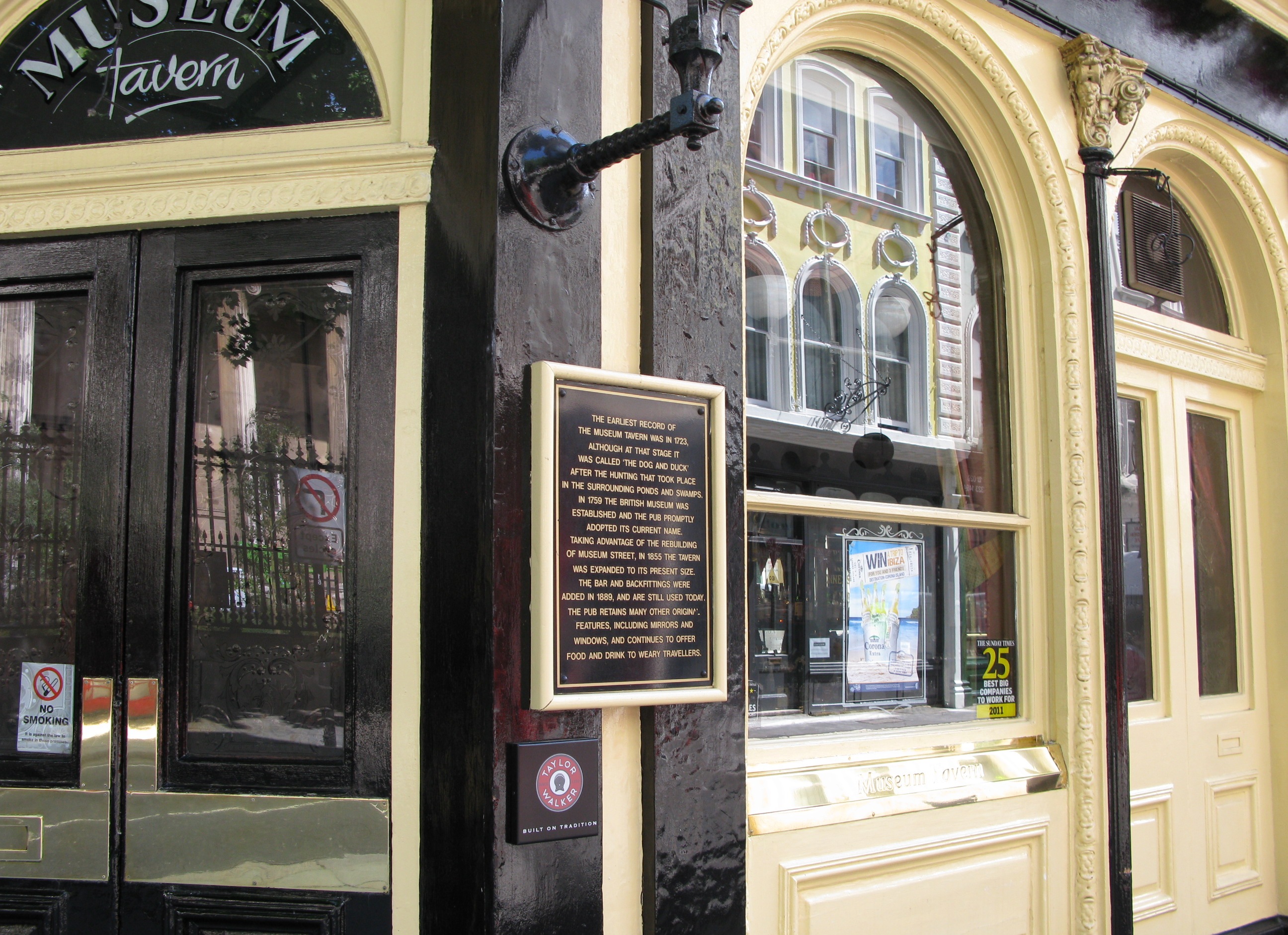
Today’s name of the Museum Tavern again reflects the patronage - as many are visitors to the British Museum. However, due to its excellent beers, award-winning cellarage and good traditional English pub food, it is a popular pub for locals – and it is a sport-free zone – a rare find if you don’t want your conversation to compete with the various matches of the day.
Origins of Bloomsbury
What is now called Bloomsbury is mentioned in the Domesday Book of 1086 as having vineyards and 'wood for 100 pigs'. It only became known as 'Bloomsbury' in 1201 with the building of a Norman Manor of that name.Visitors from the "New World" - Canada, USA, Australia, and New Zealand, are often taken aback at the fact that not only is London filled with buildings from such antiquity - but that they are little changed.
Over ensuing centuries, ownership of the area moved from the Crown to the church and back, finally being granted to the 1st Earl of Southampton. It later passed to the Russell Family with the marriage of the heiress to the Southampton title to the 1st Duke of Bedford.
The family seat of the Bedfords is Woburn Abbey, but their influence on Bloomsbury gives us much of the pleasure of the area that we now enjoy.
The original Bedford ownership has been reduced from 112 acres (a little over 45 hectares) to currently around 20 (about 8 hectares) – including the sort of addresses that even as Monopoly Players we would be glad to own.
In 1854, the Duke of Bedford provided sewers along most of Bloomsbury’s streets, and had them connected to the newly installed 'water closets' (polite term for toilets) in the houses of the Bloomsbury estate.
It was later reported in 'The Lancet' that this may have contributed to the low infection rate in the area during the cholera epidemic of the same year.
Donald Olsen, in his review of London’s town planning history in Town Planning in London states that the Bedford estate was far from typical and could have been the 'the best managed urban estate in England'.
Bloomsbury's Bedford Square
Now, on Bedford Square in Bloomsbury, behind these almost duplicate entrances are establishments of suitably serious intent.
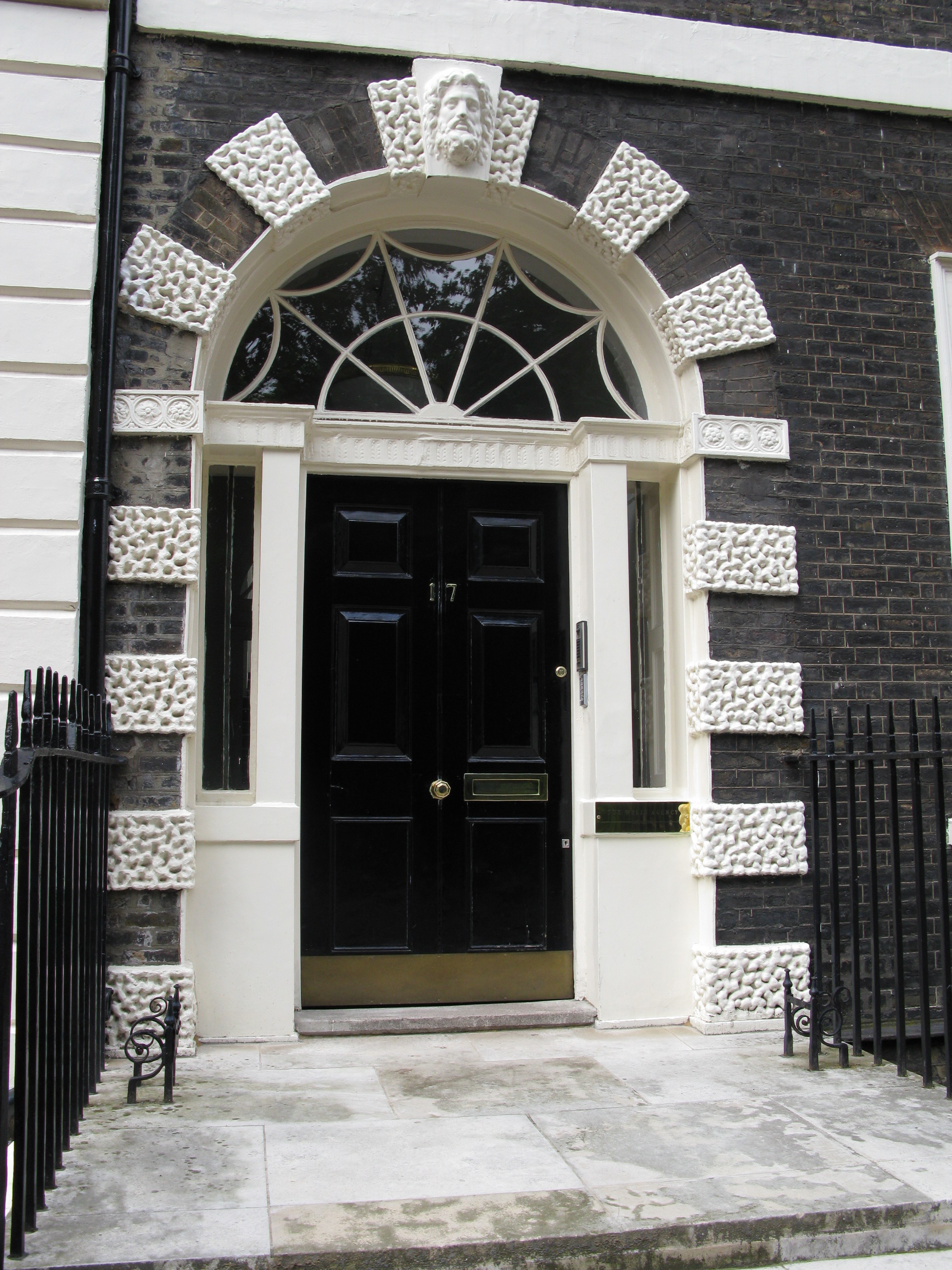
These range from the Paul Mellon Centre (spelled the English way) for Studies in British Art, the University of North Carolina at Chapel Hill's European Study Center (spelled the American way), the Architectural Association School of Architecture, Sotherby’s Institute of Art, and several other equally learned establishments.
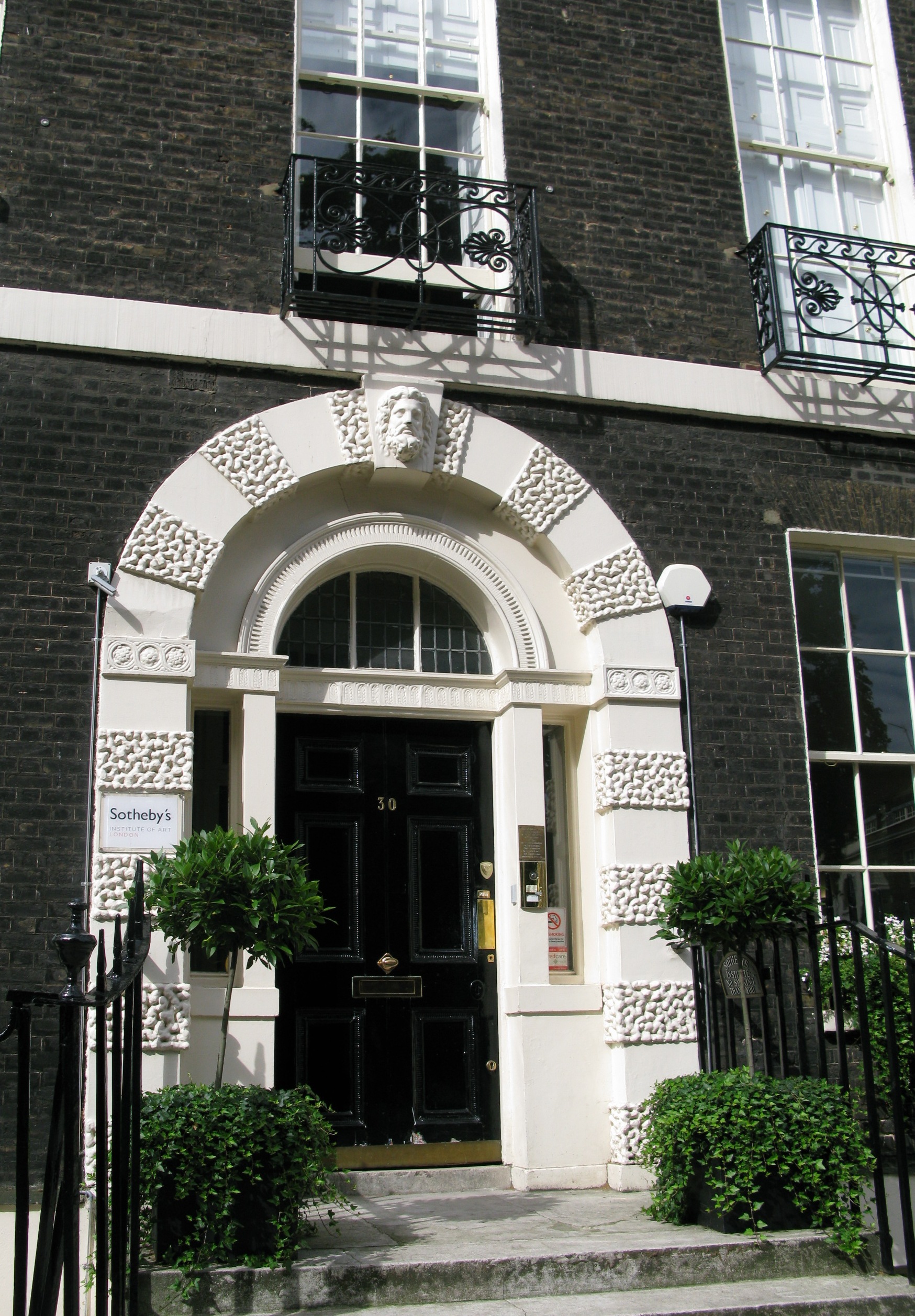
Many of the houses were designed by Thomas Leverton.
Leverton was a well-respected architect and on his death endowed a charity to annually support from the joint parishes of the area: 'six deserving females who may have fallen from affluence into distress'.
This act endeared himself to me beyond the legacy of his architecture, for it was generous and enlightened beyond its time.
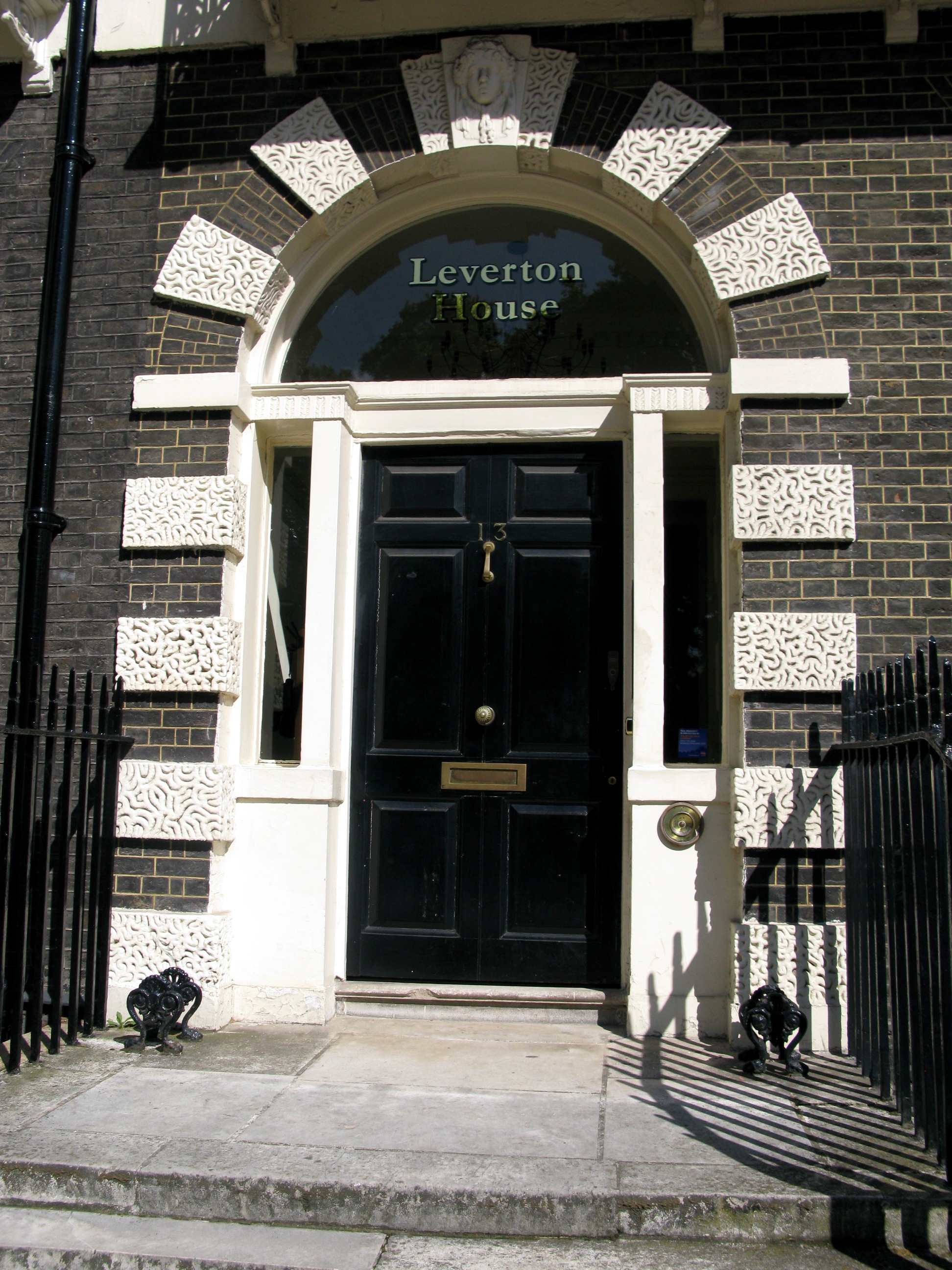
'The History of Parliament' on Bedford Square, London
One of the doorways advertises the 'History of Parliament' .
On research I discovered that this was the brainchild of Colonel Josiah Wedgwood (of Wedgewood china and crystal fame) when he was a Member of Parliament at the beginning of the 20th century.
Josiah Wedgewood felt that there should be a thorough history of those who had participated in the political making of the nation. He started to document 75,000 of his parliamentary predecessors up to 1918, in a national dictionary of parliamentary biography.
At first it was impossible to gain recognition for his work and to secure proper funding for this important documentary study, but eventually it was finally funded as a Trust in 1940. Despite this early start, the challenge of chronicling the history of parliament did not to receive proper status and funds from Treasury until 1951.
Currently, the surviving papers are being assembled in digital content in a partnership with the Bodlian Library.
It is now available viua an online site: History of Parliament
'The History of Parliament' is a rigorous and ongoing work and comes with an overview of the times so as to set the context of decisions made. It records much that gives the character of the eras over centuries, and the changing face of British political involvement.
For example, this excerpt:
The Commons 1640-1660
This period includes some of the most turbulent events in the whole course of British history: the Civil War, the trial and execution of King Charles I and the interregnum regimes of 1640-1660.
The Short Parliament of 1640, the Long Parliament and `Rump’ (1640-53, 1659-60), the Nominated or 'Barebones' Parliament of 1653, and the three Cromwellian Parliaments of 1654, 1656-8 and 1659 were all difficult assemblies: the very legitimacy of some of them was contested.
It was an exceptional period in parliamentary history... Members of the Nominated Assembly of 1653 were not elected at all, but were appointed under the patronage of Oliver Cromwell.
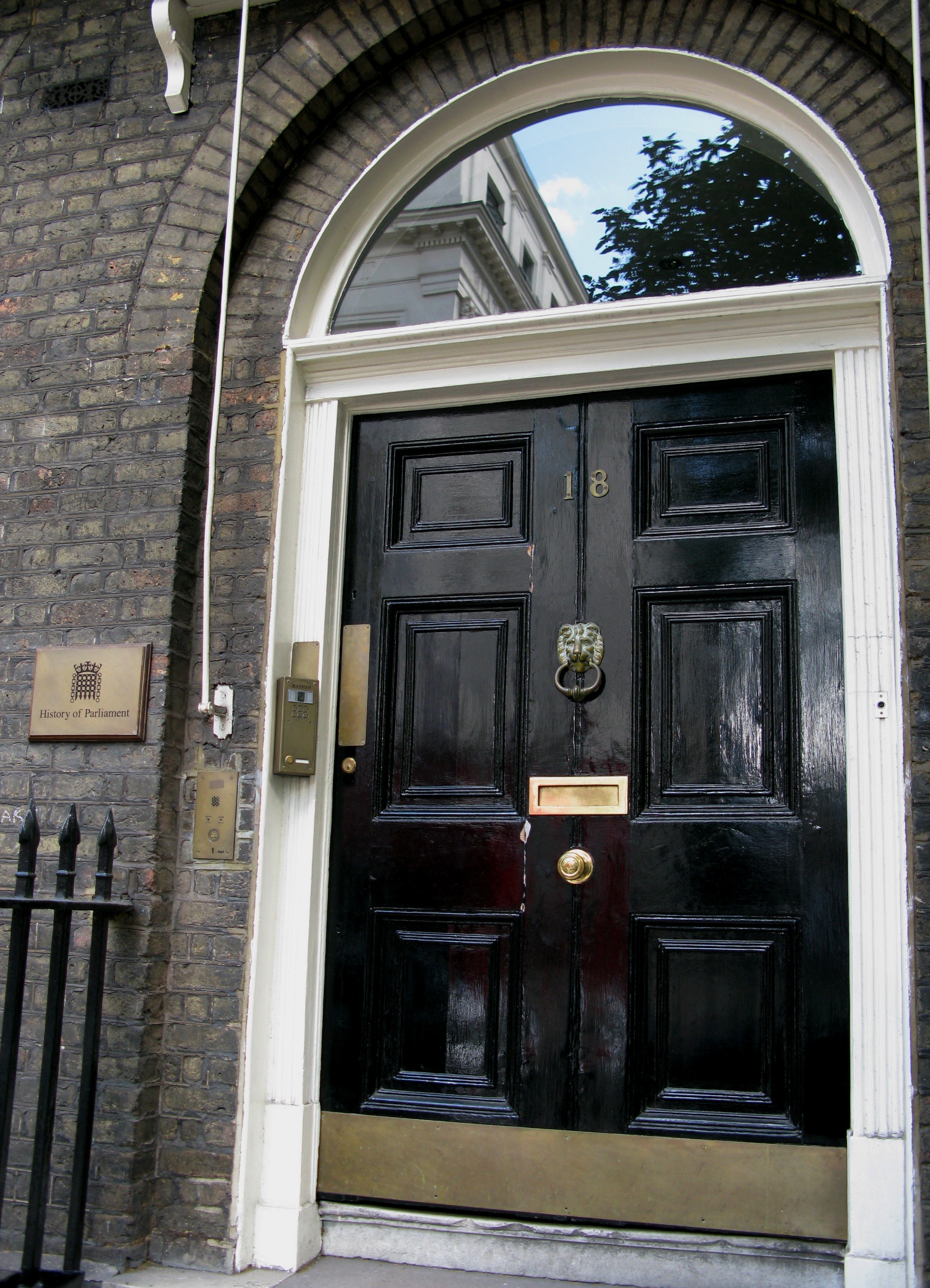
In the past, Bedford Square was the address of (amongst others) the Lord Chancellor, Margot Asquith (wife of the Prime Minister), Thomas Wakley - who founded the medical journal 'The Lancet' - and Lady Otttoline Morrell.
Lady Otterline Morrell and Bloomsbury
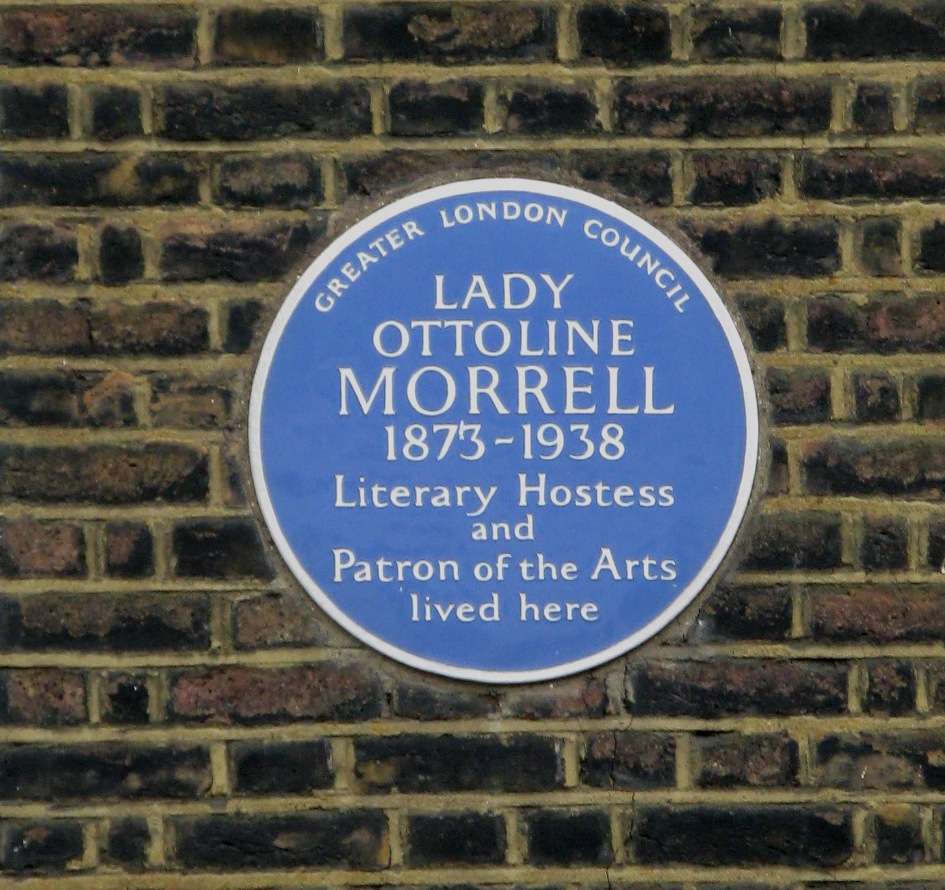
When I first saw this British Heritage commemorative plaque I laughed out loud at what I perceived to be the eccentricity of the English for celebrating someone with a historical plaque who was 'just' a hostess of some note. I was mentally comparing her plaque with those for more traditionally noted former residents.
But the more modern blue British Heritage plaque to Lady Ottoline Morrell did its job: my curiosity was piqued and I set out to discover her history. To my very great surprise I found just how deserving a lady she was to be so remembered.
Although not as wealthy as those whom she supported may have thought, she was a generous patron of the arts who did a large amount of quiet good works and support for the artists of the time, and whose force of character and uniqueness stays with us through literature.
Otteline Morrell had a remarkable circle of friends - including W.B.Yeats, T.S. Eliot (who was nearby in his Russell Square office over a forty-year period from 1922 - being poetry editor at Faber & Gwyer - later to become Faber & Faber) as well as many other intellectuals, artists, and innovative thinkers from politics and commerce.
Her husband's infidelities were many – and Lady Otteline’s subsequent lovers reputedly included Bertrand Russell, as well as some well-known artists of the period.
The Morrell town house on Bedford Square was also a regular gathering spot for the now famous Bloomsbury Set, with their exploration of new ideas and of new concepts of morality. The group included a variety of other artistic and far-thinking intellectuals besides the more famous Virginia Woolf, E.M.Forster, and John Maynard Keynes.
Individually their stories are fascinating – together, they must have been a most remarkable group.
Lady Otterline's heritage in art, photography, film and literature
Lady Ottoline was photographed by the noted photographer Sir Cecil Beaton, her portrait was painted by many of the artistic greats of the era, and her legacy lives on in literature.
Many believe Lady Otteline Morrell to be the inspiration for D.H.Lawrence’s Lady Chatterley.
'Hermoine Roddice' in Lawrence’s Women in Love was said to be modelled on her- as well as Aldous Huxley’s 'Mrs. Bidlak'e in Point and Counterpoint and Graham Greene’s 'Lady Caroline Bury' in It’s a Battlefield - as well as several other characters in lesser known novels of the early 20th century.
She is also featured in film: Derek Jarman’s Wittgenstein and Christopher Hampton’s Carrington.
Lady Ottoline Morrell is certainly not only worthy of her blue plaque, but her place in literature and our respect. Her support of the arts has left us such a legacy, and as Benjamin Franklin said:
An investment in knowledge
always pays the best interest
This is what Bloomsbury is all about. It is peopled with the characters and the places of which history has been made
Scientist Henry Cavendish, hydrogen, and Bedford Square
This older plaque is for the scientist Henry Cavendish who discovered the elements that comprised 'inflammable air' or hydrogen.
(for readers with American English, the British English meaning of inflammable is 'capable of being set on fire' . However, even we have succumbed to the propensity for people to misconstrue meaning and think it to be its opposite, so today this has become 'flammable').
When he died in 1810, Cavendish was one of the wealthiest men in the land, but he had been so secretive and socially inept during his lifetime that it was not until the end of the century that a review of his papers revealed how insightful was his unpublished research.
By either discovery or preliminary experiments Cavendish had papers on what later was attributed to others who did publish. This included, according to Wiki:
“Richter's Law of Reciprocal Proportions, Ohm's Law, Dalton's Law of Partial Pressures, principles of electrical conductivity (including Coulomb's Law), and Charles's Law of Gases”.
Even unpublished, all legacy of brilliance is worthy of a plaque.
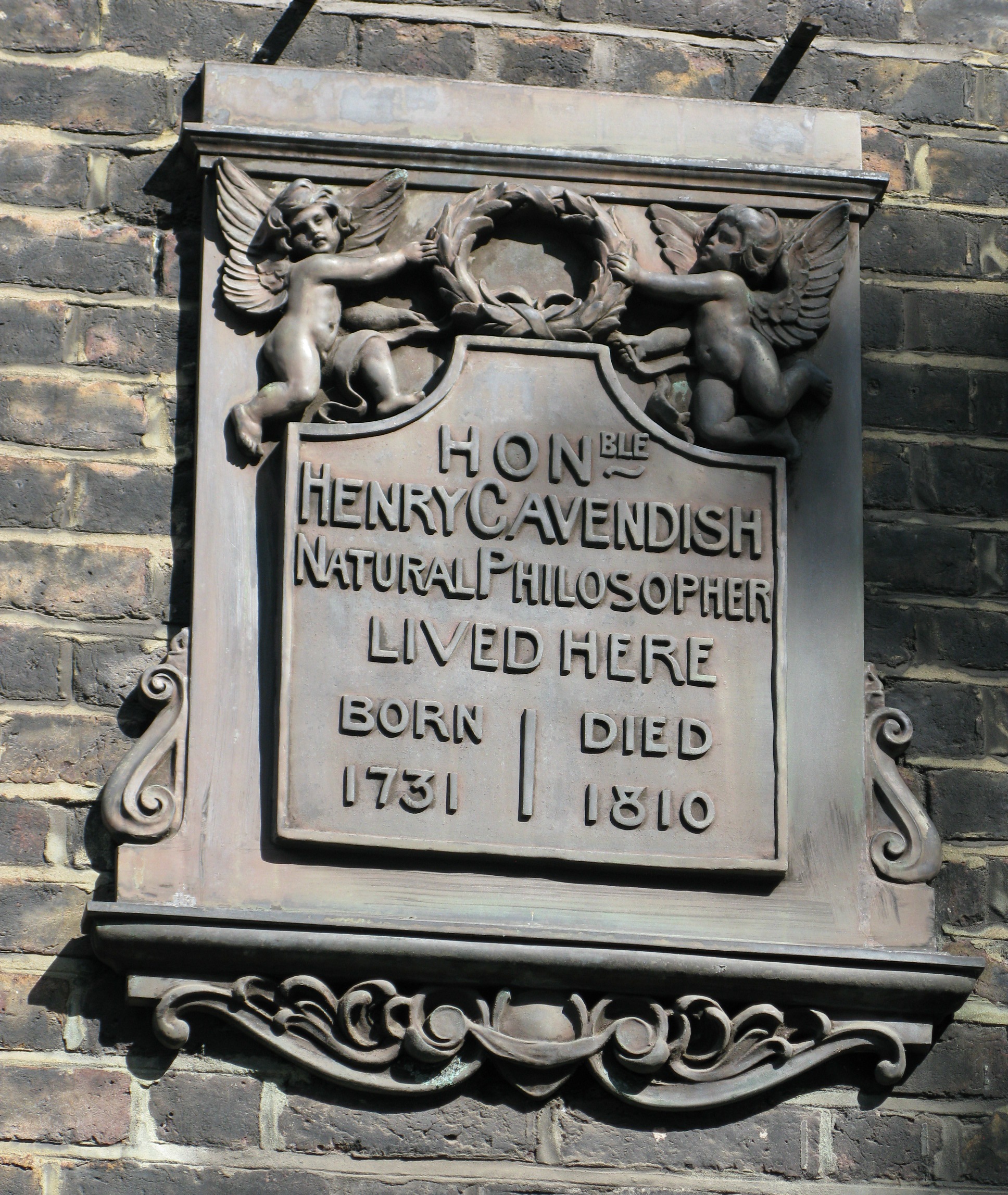
Art supplies for London since 1855- Cornelissen in Bloomsbury
Bloomsbury is still dotted with suppliers to the arts of today - like L. Conelissen which has been supplying artists from their store in Great Russell Street since 1855.
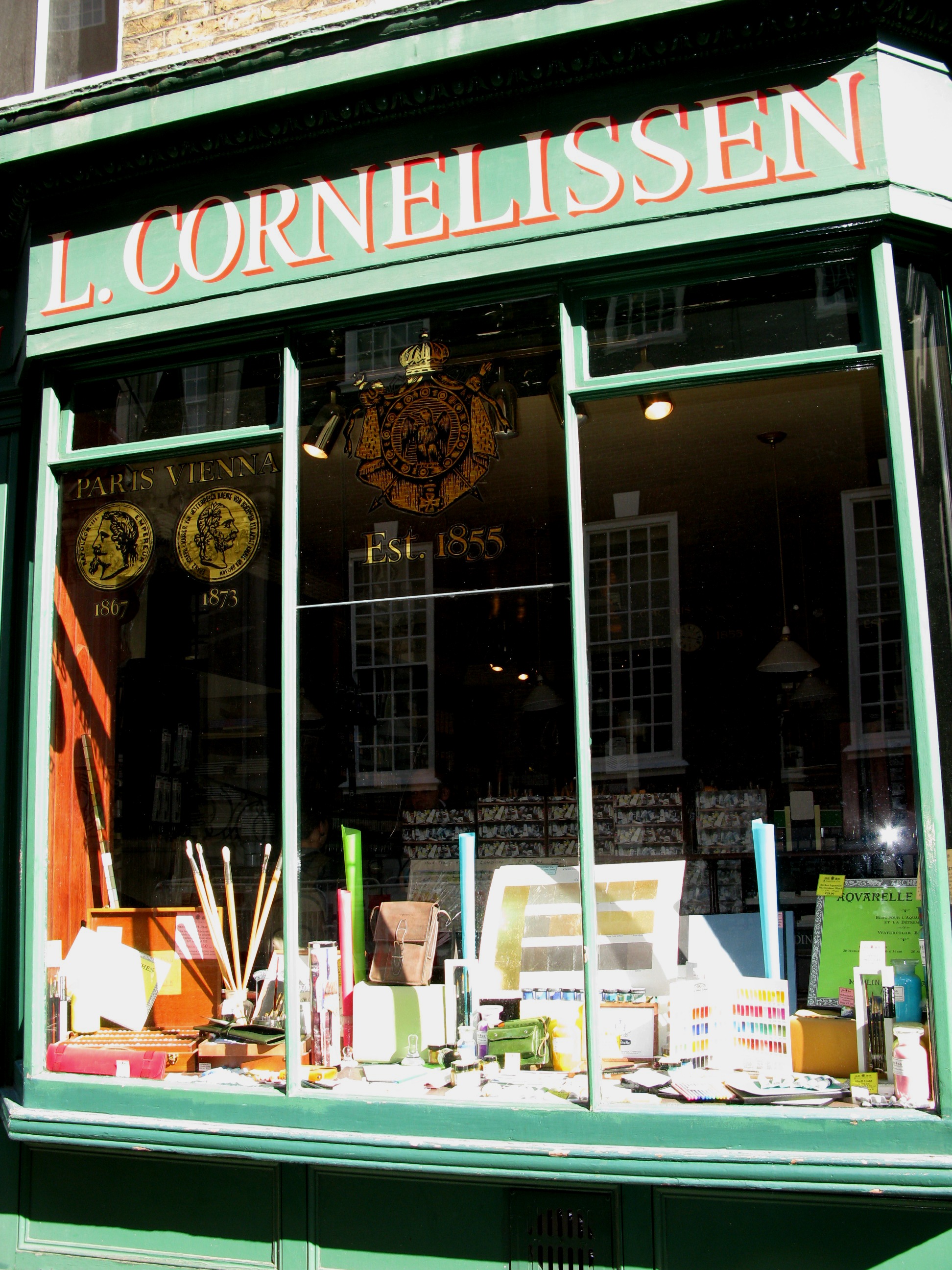
The shop retains its Victorian character.
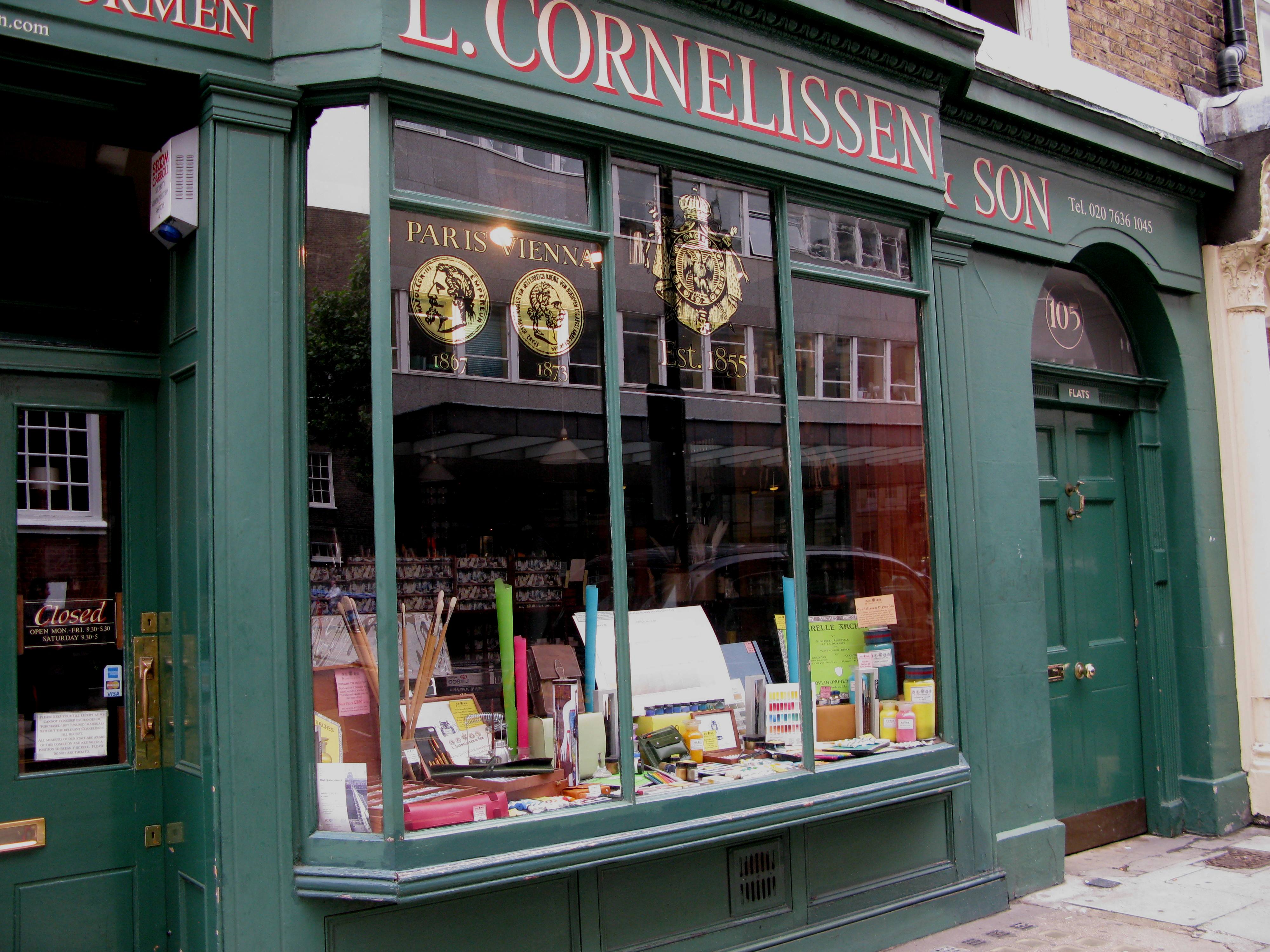
Inside it is really magical, with wooden cabinets and shelves holding etching equipment …
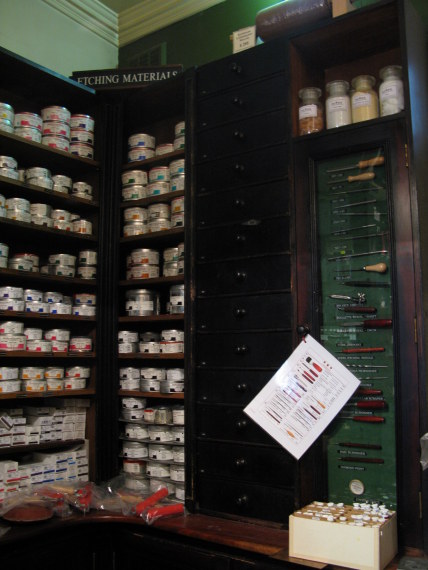
… pigments, and palette knives - and all sorts of paints and brushes…
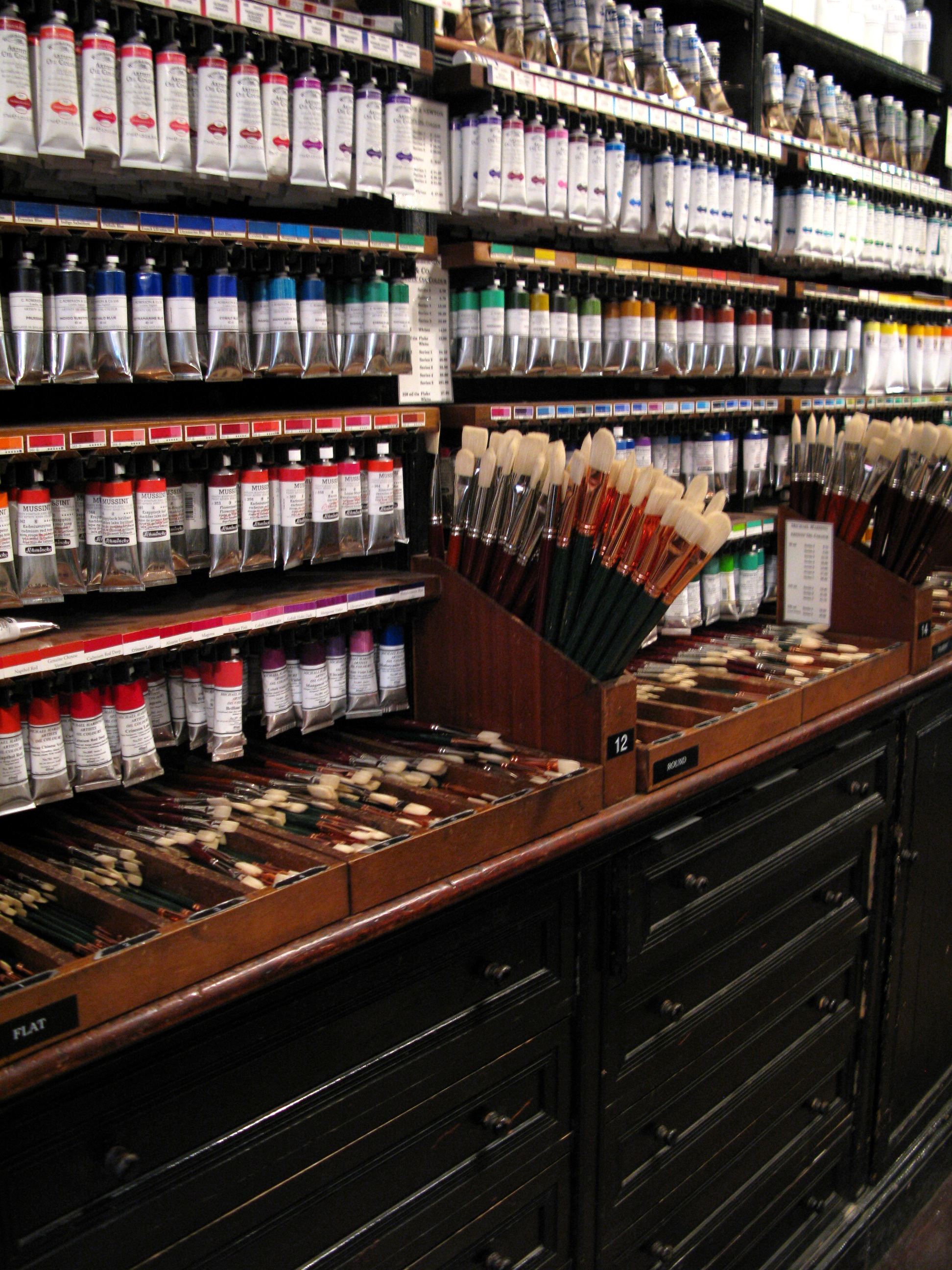
…as well as jointed wooden models to keep the relationships of body parts in correct proportions – whether they be man or beast.
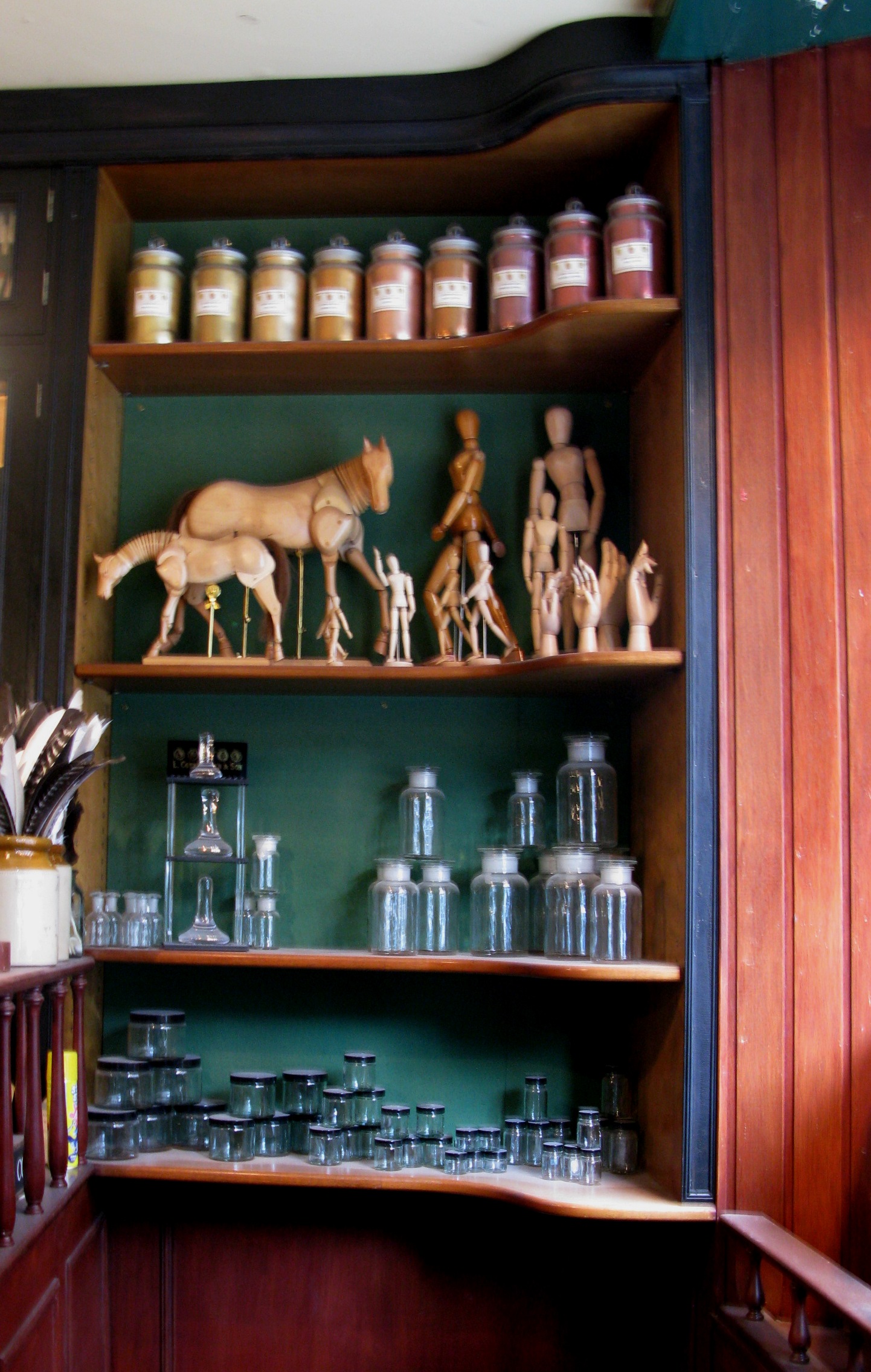
If you can’t get to their shop in Great Russell Street in person, here is the link to their catalogue so you can order online:
L.Cornelissen Artists Supply Catalogue
Bloomsbury and publishing
Bloomsbury is probably best know for its publishers – not just for the one of the same name who brought us Harry Potter.
Some are unobtrusive…
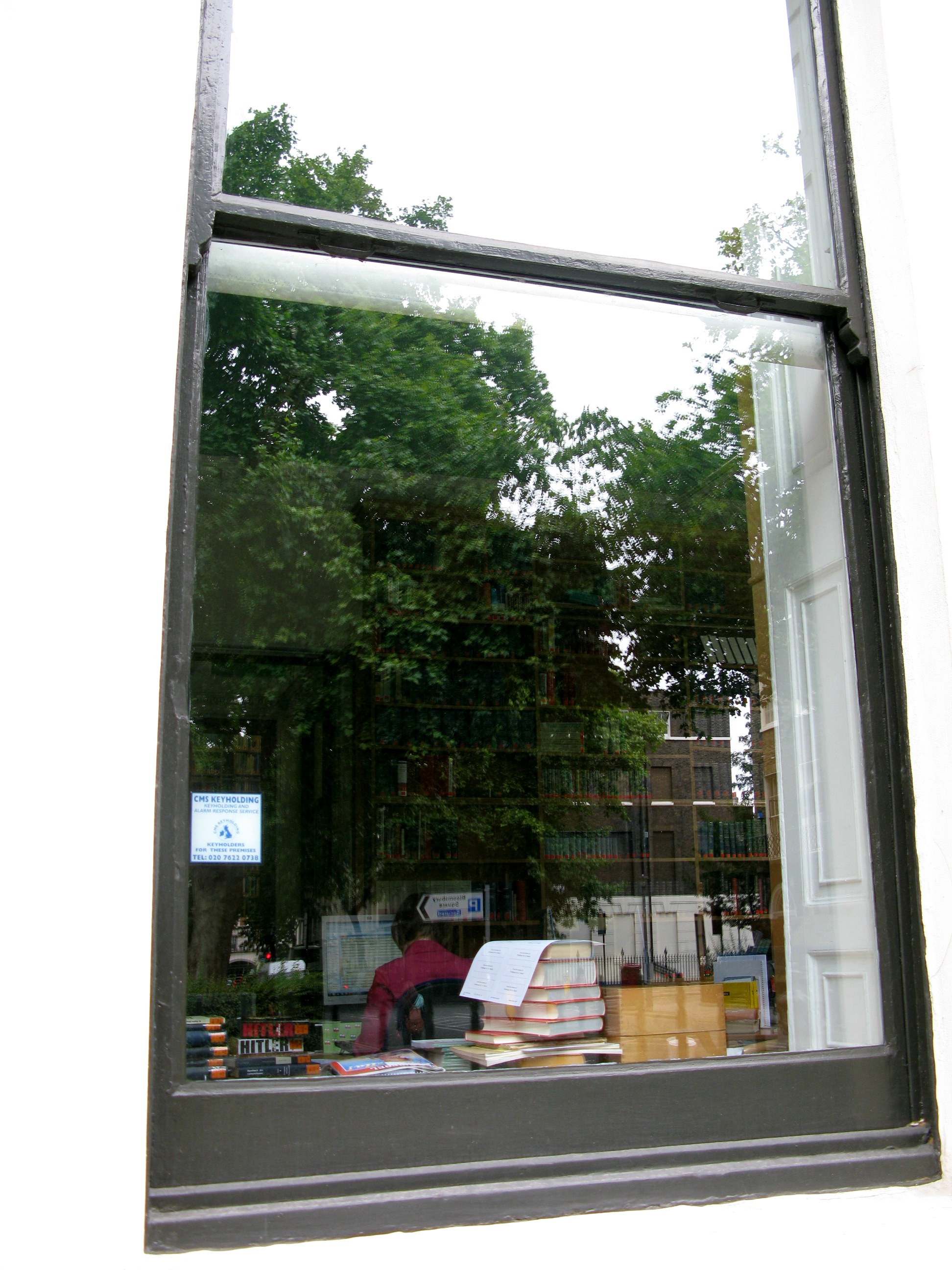
… and others more noticeable, like the Souvenir Press on Great Russell Street.
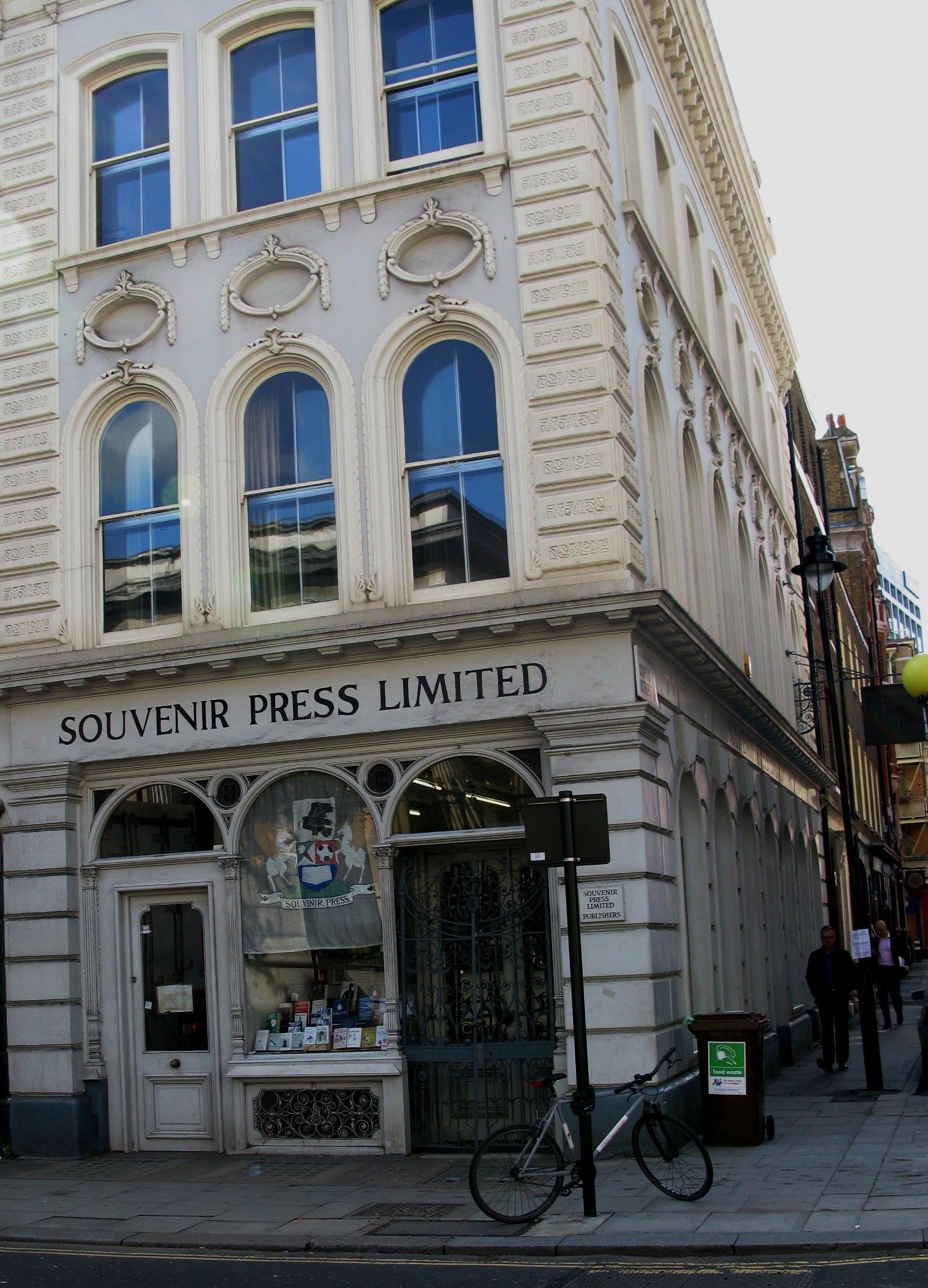
Quirky shops of Bloomsbury
Customer service in Bloomsbury shops is variable at best.
In many places you get the impression that you are quite simply just not important enough - but the place is filled with terrific browsing - and some very quirky shops.
There are bookshops of every sort in the area, from occult…
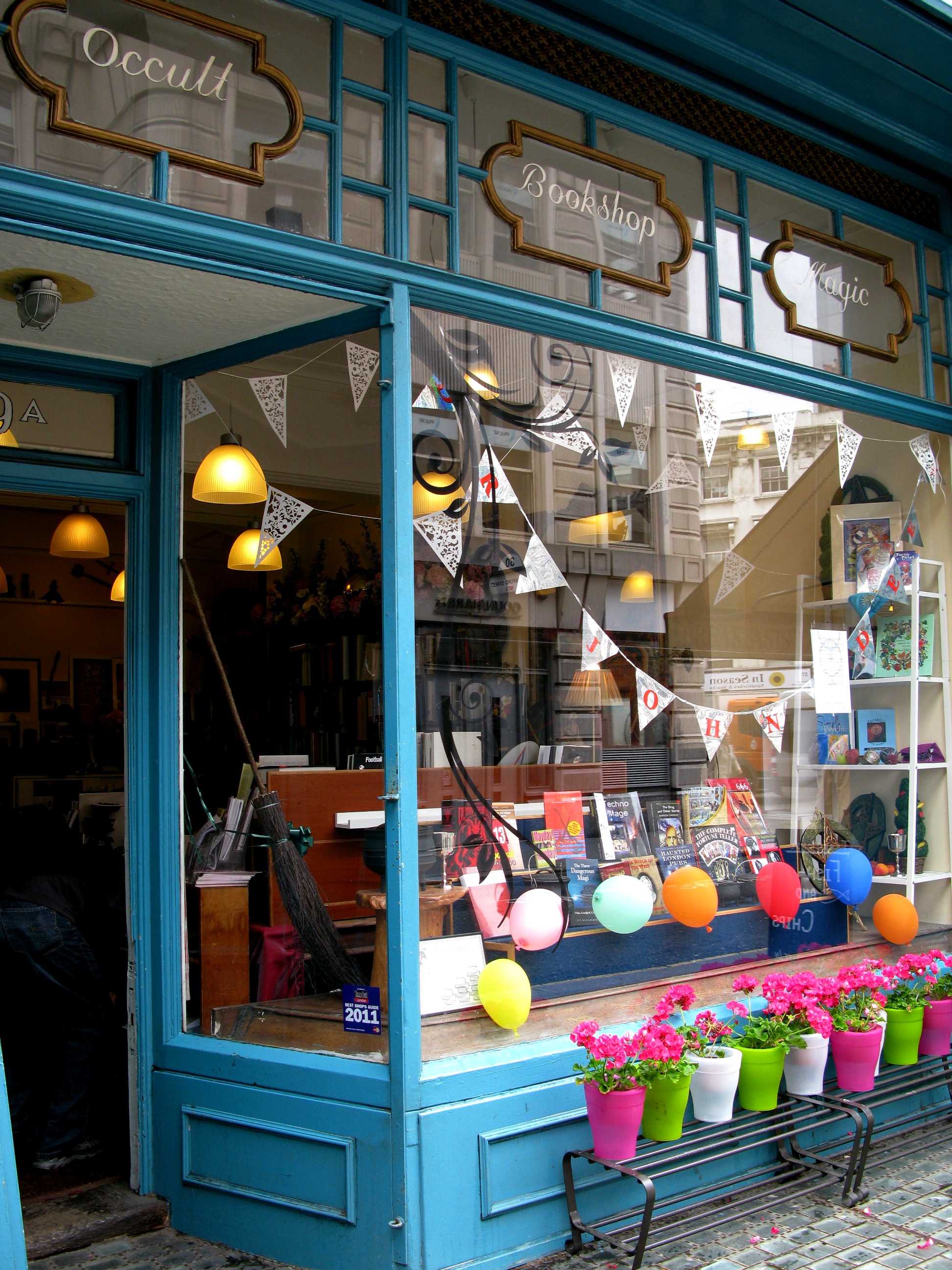
…through antiquarian and more generic bookshops.
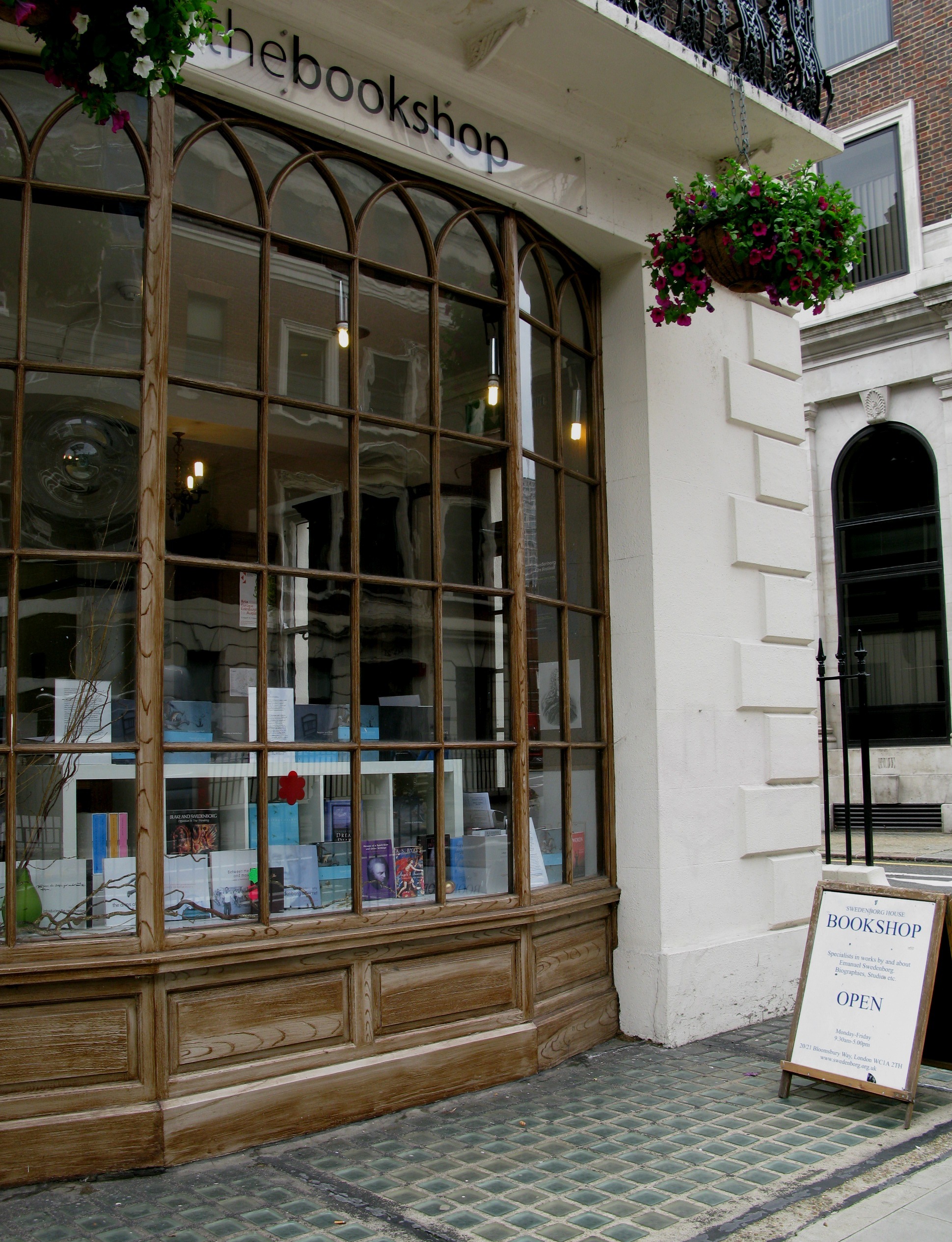
Here is the London Review Bookshop, with its focus on fiction, poetry, general literature, history, politics and current affairs.
'The London Review of Books' is something of an icon in literary circles – having produced a review of books, culture, and ideas every two weeks over the last 30 years.
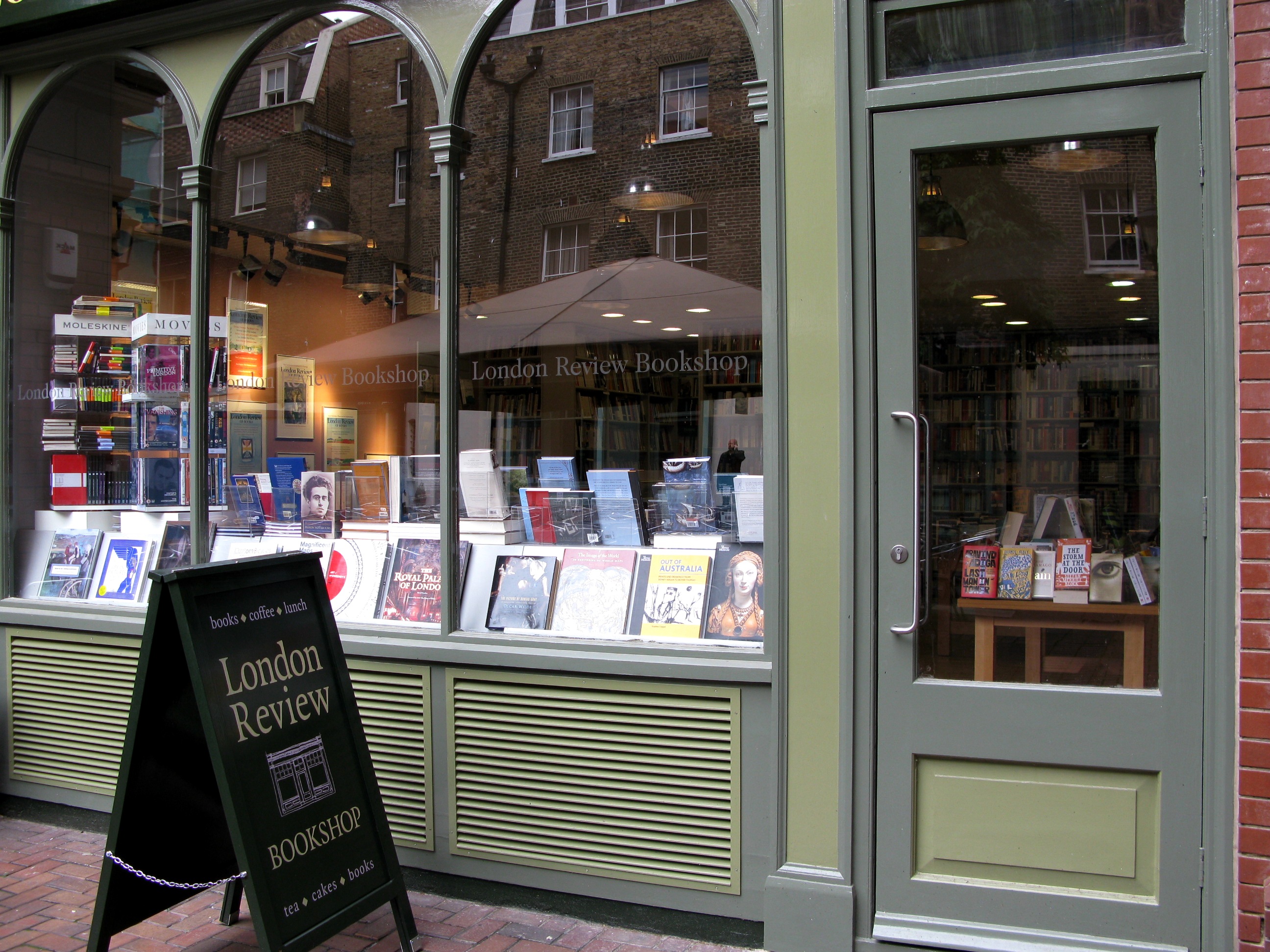
There are art galleries for every passion.
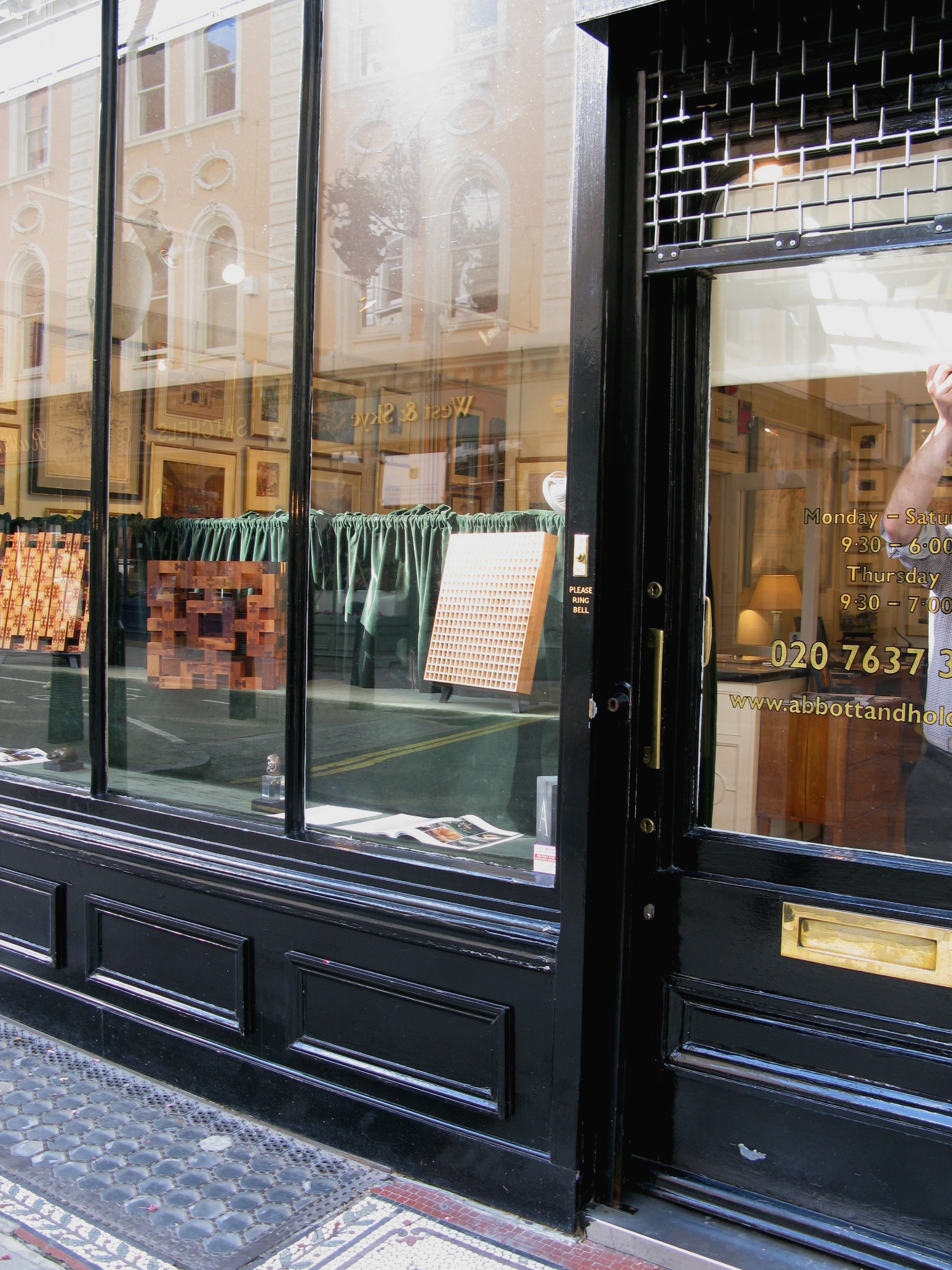
The equally artistically inclined clientele are themselves a part of Bloomsbury, and the window displays are ever changing to attract them.
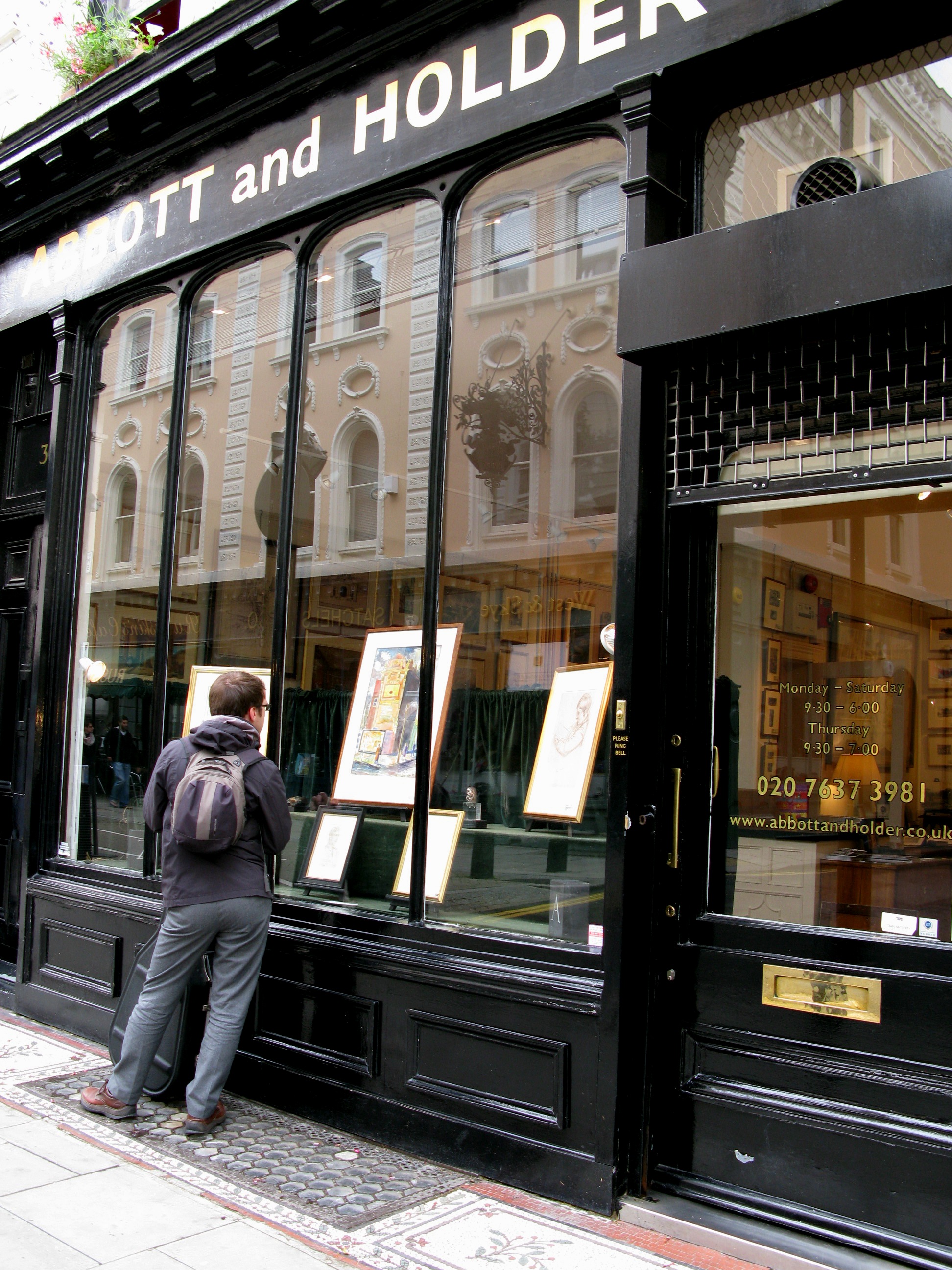
There are galleries of collectibles and antiquities, like those in the Parthenon Gallery.
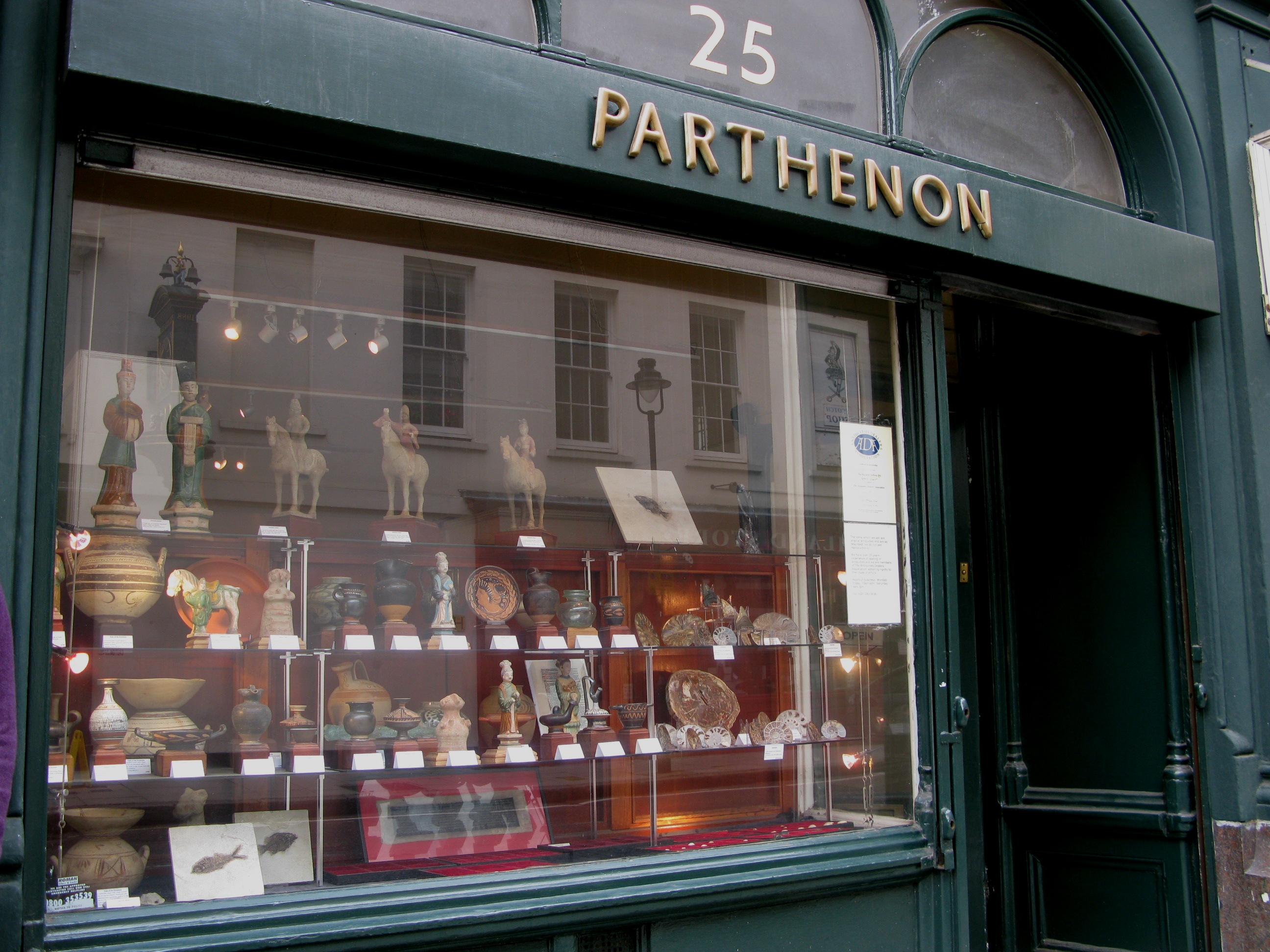
Some galleries are tucked away in off-street corners of Bloomsbury like those in Pied Bull Yard.
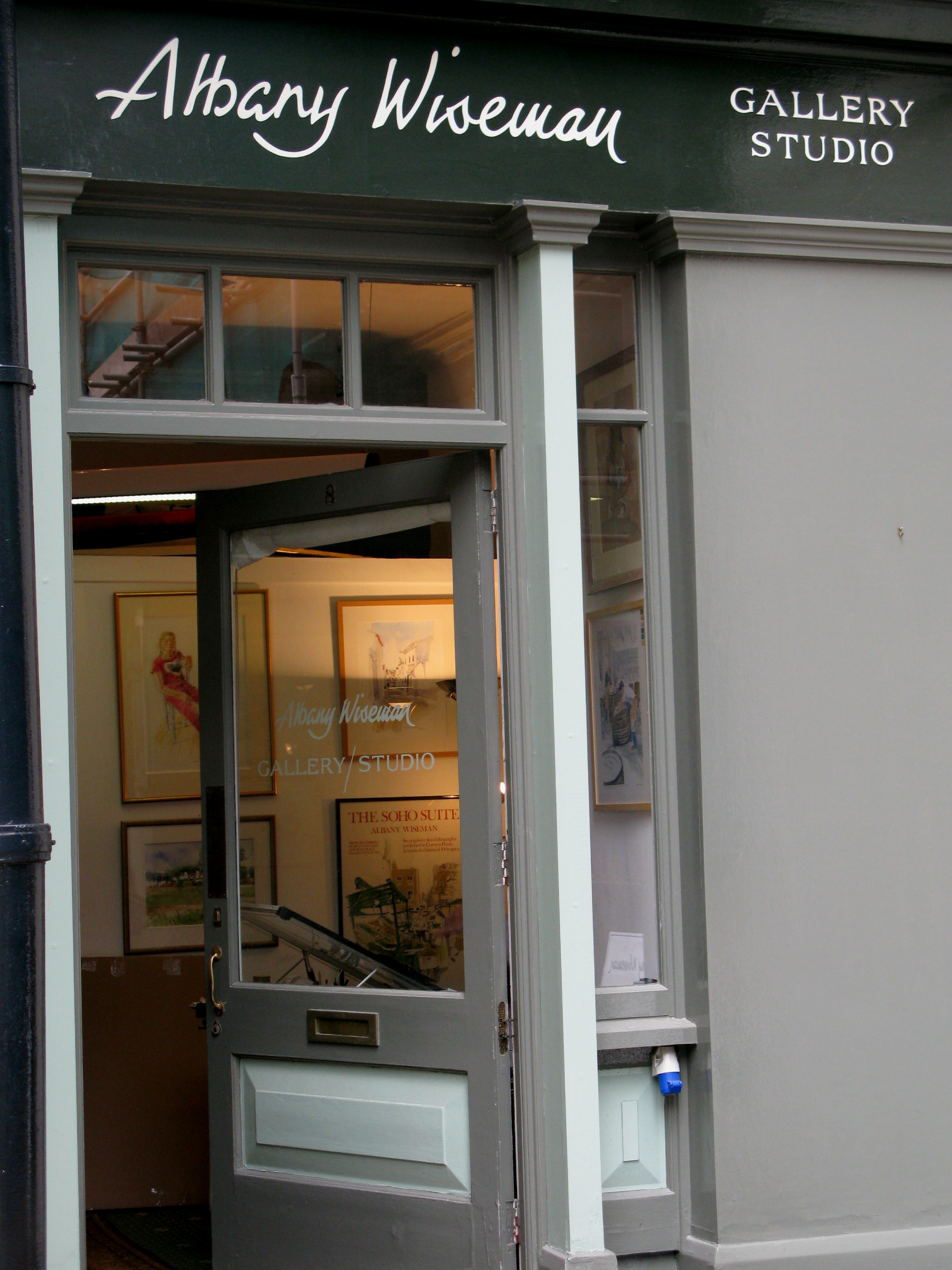
Here, you are wise not to set your watch by the clock that, being stopped, gives the policeman a rest from chasing a semi-clad man or being chased by a bull.
The three bell tollers atop the clock also gain respite from striking the quarter hours.
Click on the link for the fascinating history of Pied Bull Yard and how it can be legitimately either several hundreds of years old or only forty.
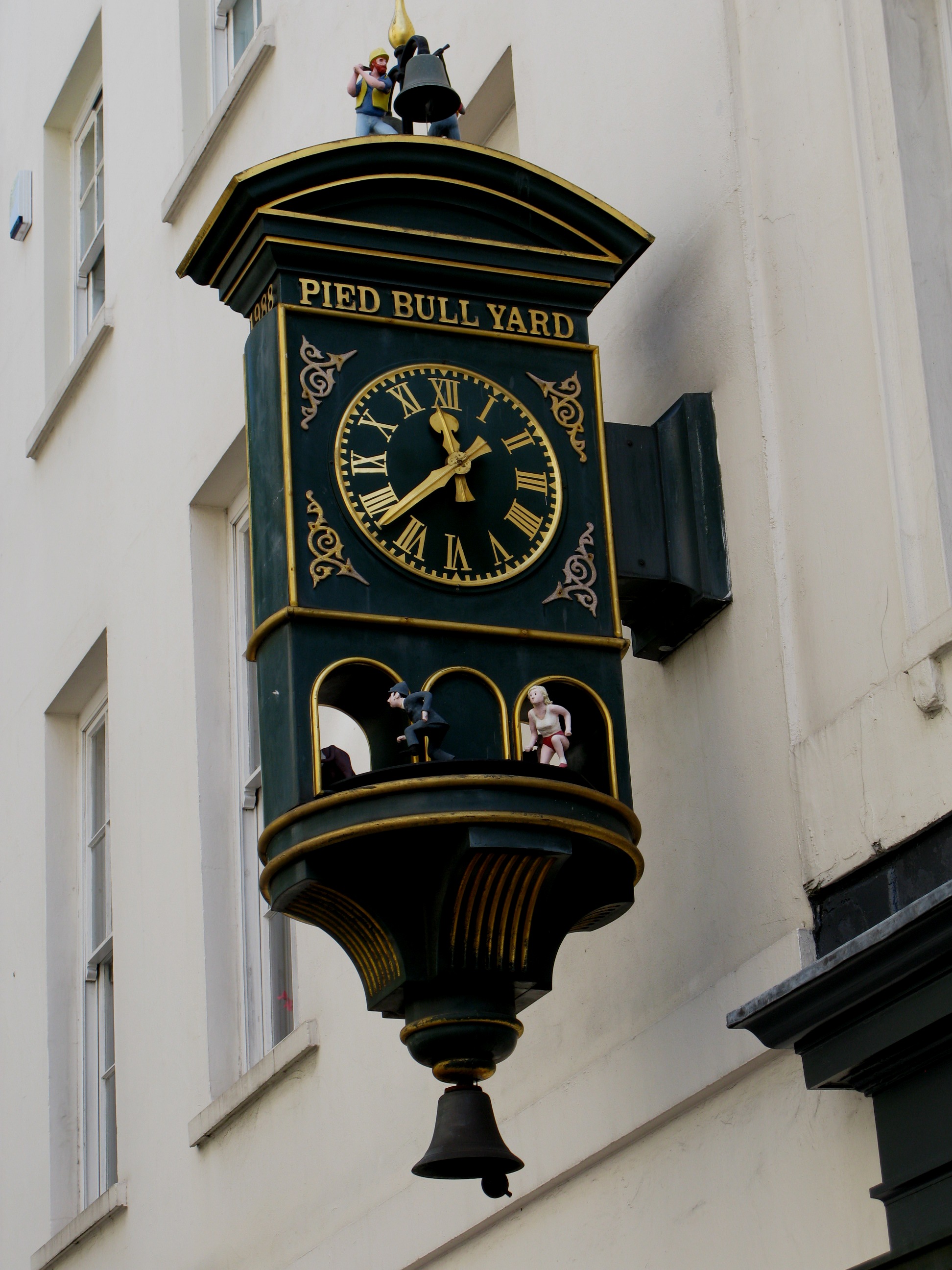
Here you can find French art, porcelain, and working clocks at Austin Desmond Gallery.
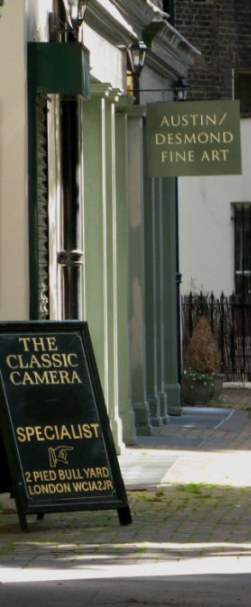
Bloomsbury seems to specialise in the niche markets of artistic purchase.
There are fine displays of Leicas in 'Classic Camera'.
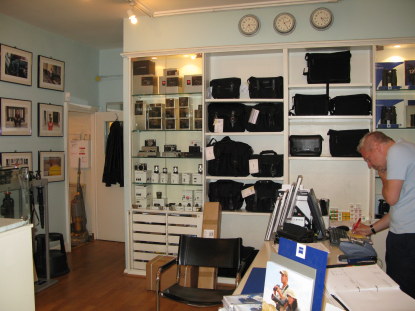
Around the corner is 'York Cameras' where I went looking for a replacement for my stolen, much-loved 35mm Canon EOS 3 – the nicest gift I ever gave myself!
(I am still looking for one, even although I now use digital, as it's an amazing camera)
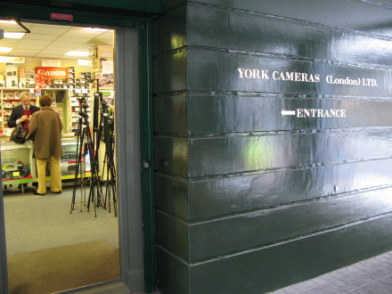
An interest in artists and artistic products – and some wit - appear throughout Bloomsbury, as witness this shop with beautiful interior design fabrics - 'where the inexhaustible object meets the international lonely girl'.
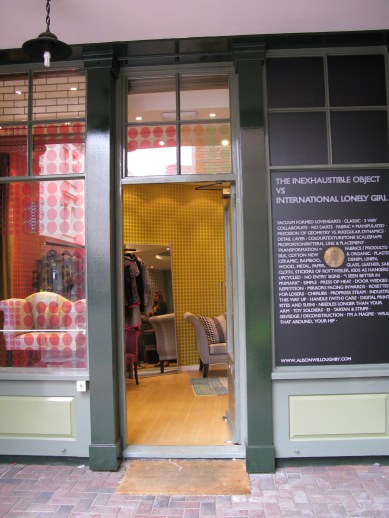
You can stop in to select from thousands of stamps in Blade Rubber Stamps.
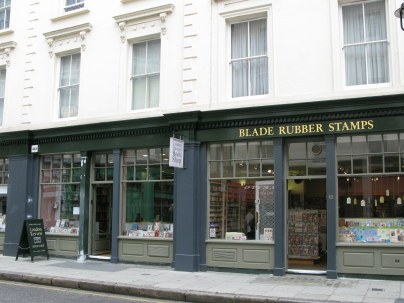
They have the most fabulous air conditioner: pure Art Deco in lines...
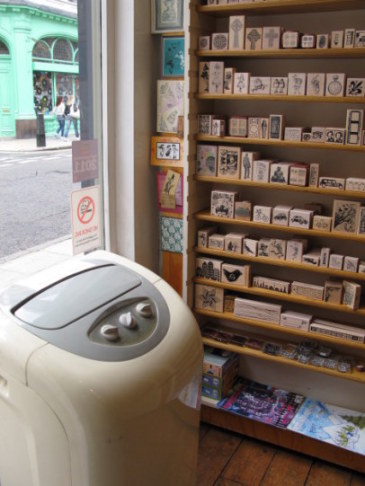
…but not to be touched!

John Bunyan in Bloomsbury
Everywhere in Bloomsbury there are traces of a great literary past.
If you enter the area from Holborn Tube Station and look up – on the corner of Catton Street and Southampton Row you will see John Bunyan, the author of The Pilgrims Progress, looking down on you. He died in Holborn in 1688.
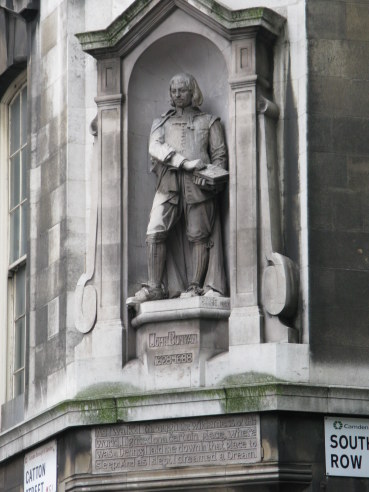
Even the names of Bloomsbury buildings evoke the rich local history of intellectual exploration and artistic endeavour.
There is Pushkin House, with its extensive collection of Russian literature - including copies of the Brockhaus and Efron Encyclopedic Dictionary.
Published between 1890–1906, this Dictionary was a collaboration between publishers in both Leipzig and St Petersburg. It comprises 35 volumes in the small version, and 86 in the larger one and it well pre-dated its English cousin, the 1911 Encyclopedia Britannica.
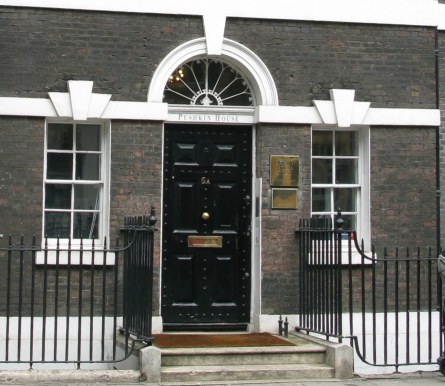
Again, in keeping with literary heritage, Bloomsbury is also home to 'Ruskin House'.
This now houses lawyers offices, being close to the four Inns of Court - to one of which each barrister in England must belong.
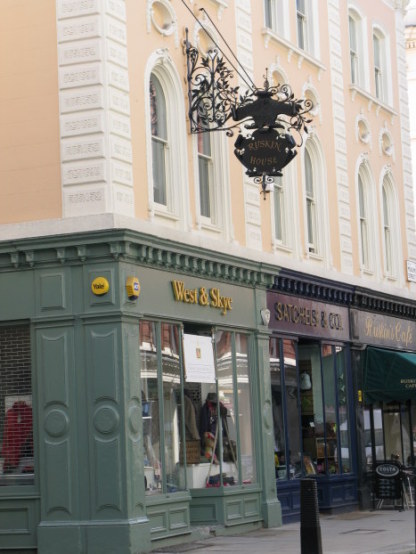
Businesses in the arts are also upstairs from the street.
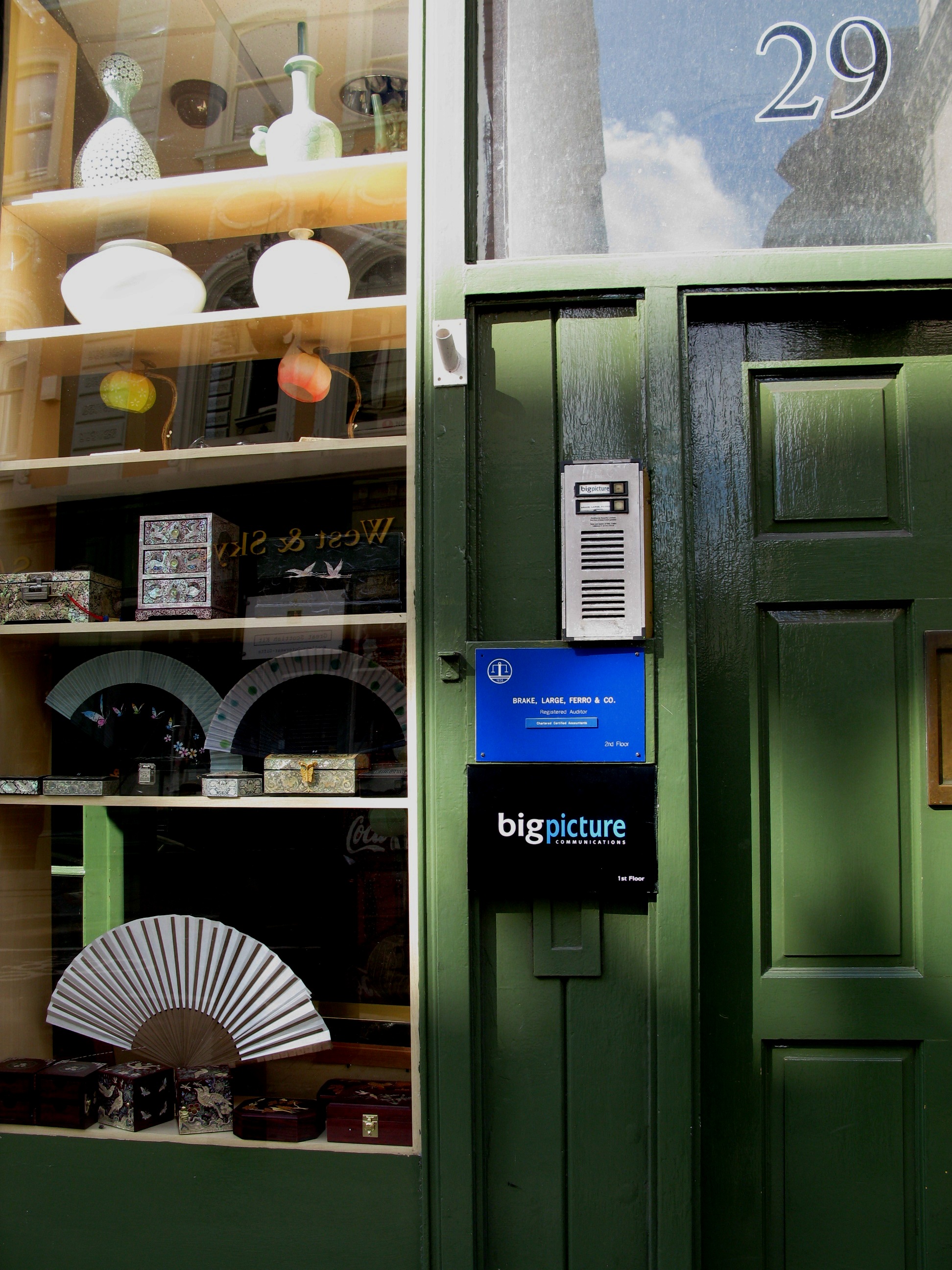
In the back lanes of Bloomsbury are more marks of the artistic heritage of this fascinating part of London.
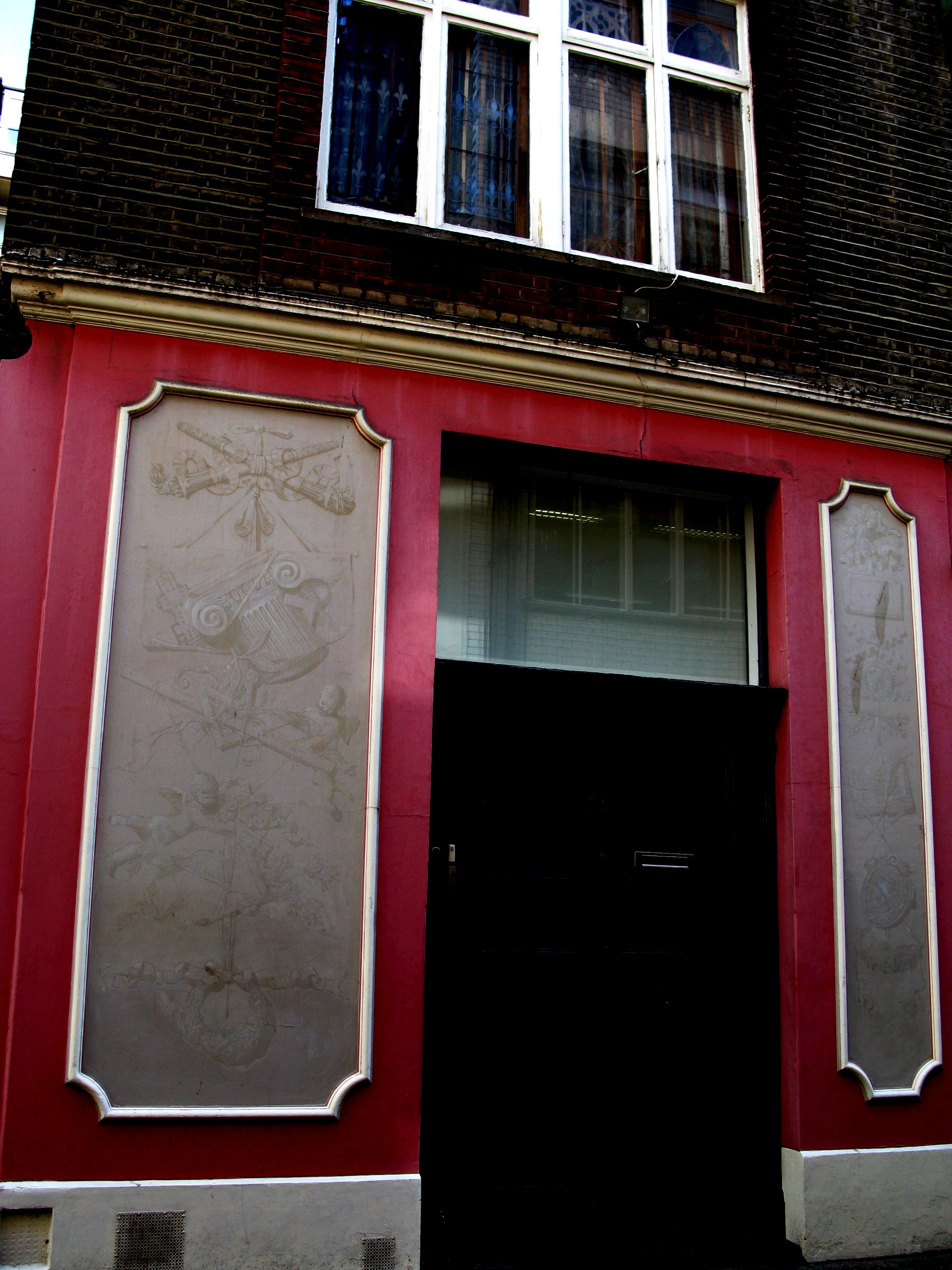
I was drawn to examine these friezes up close and found at their heart, appropriately for the area: a book - to which representations of the contents were attached..
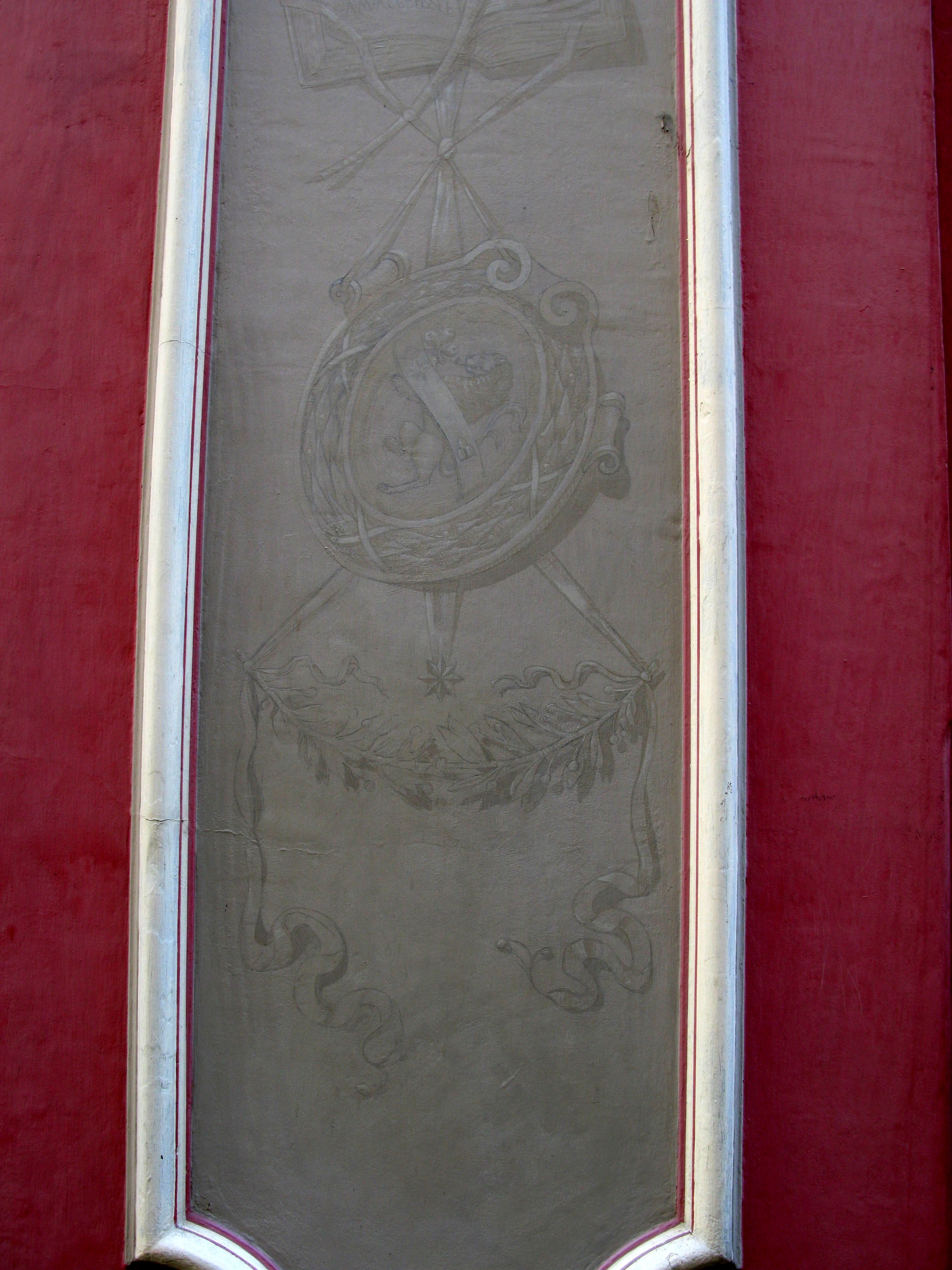
The Royal Academy of Dramatic Arts - RADA in Bloomsbury
Bloomsbury is also the location for RADA, the Royal Academy of Dramatic Arts - with its old face…
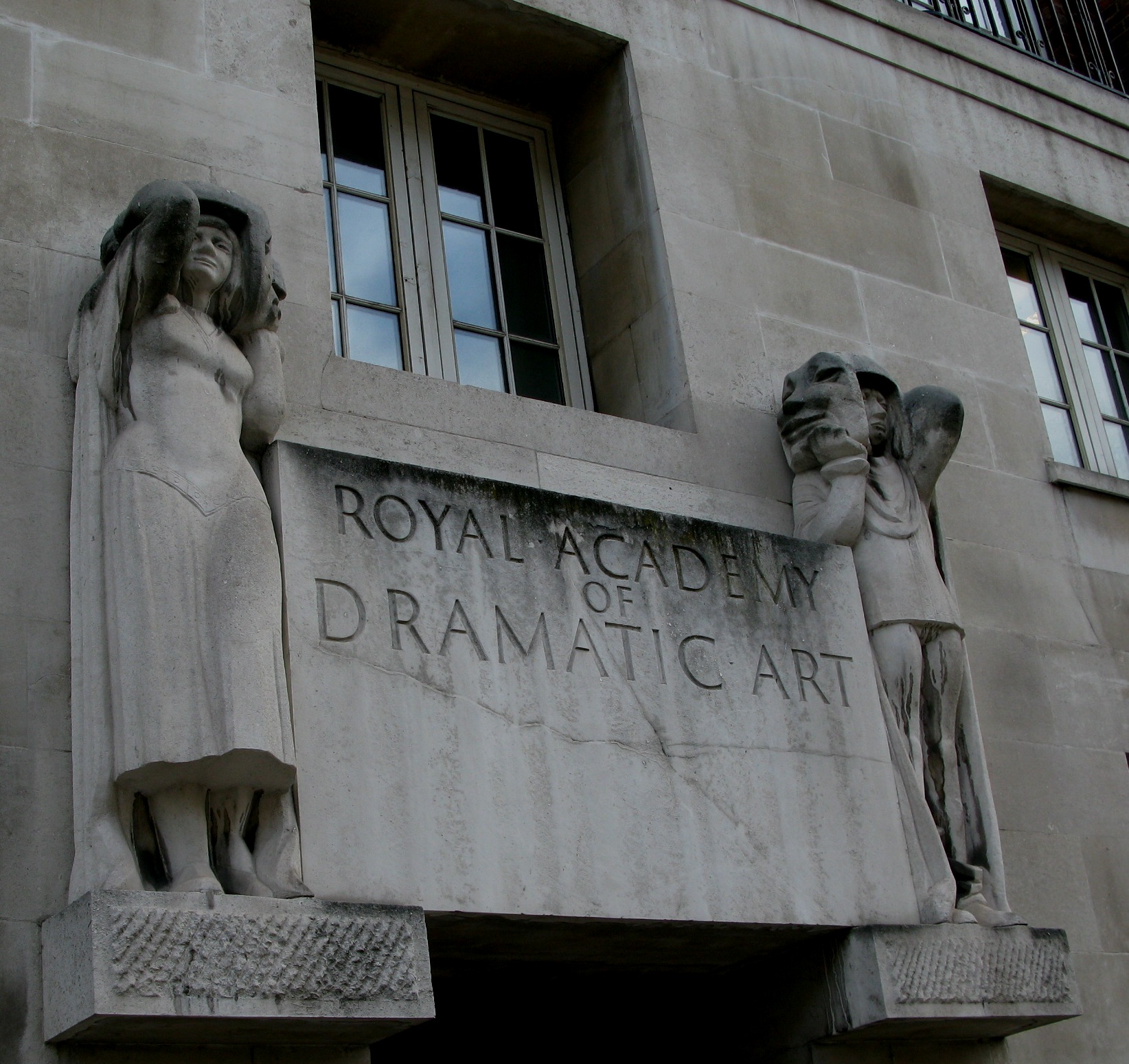
..and new.
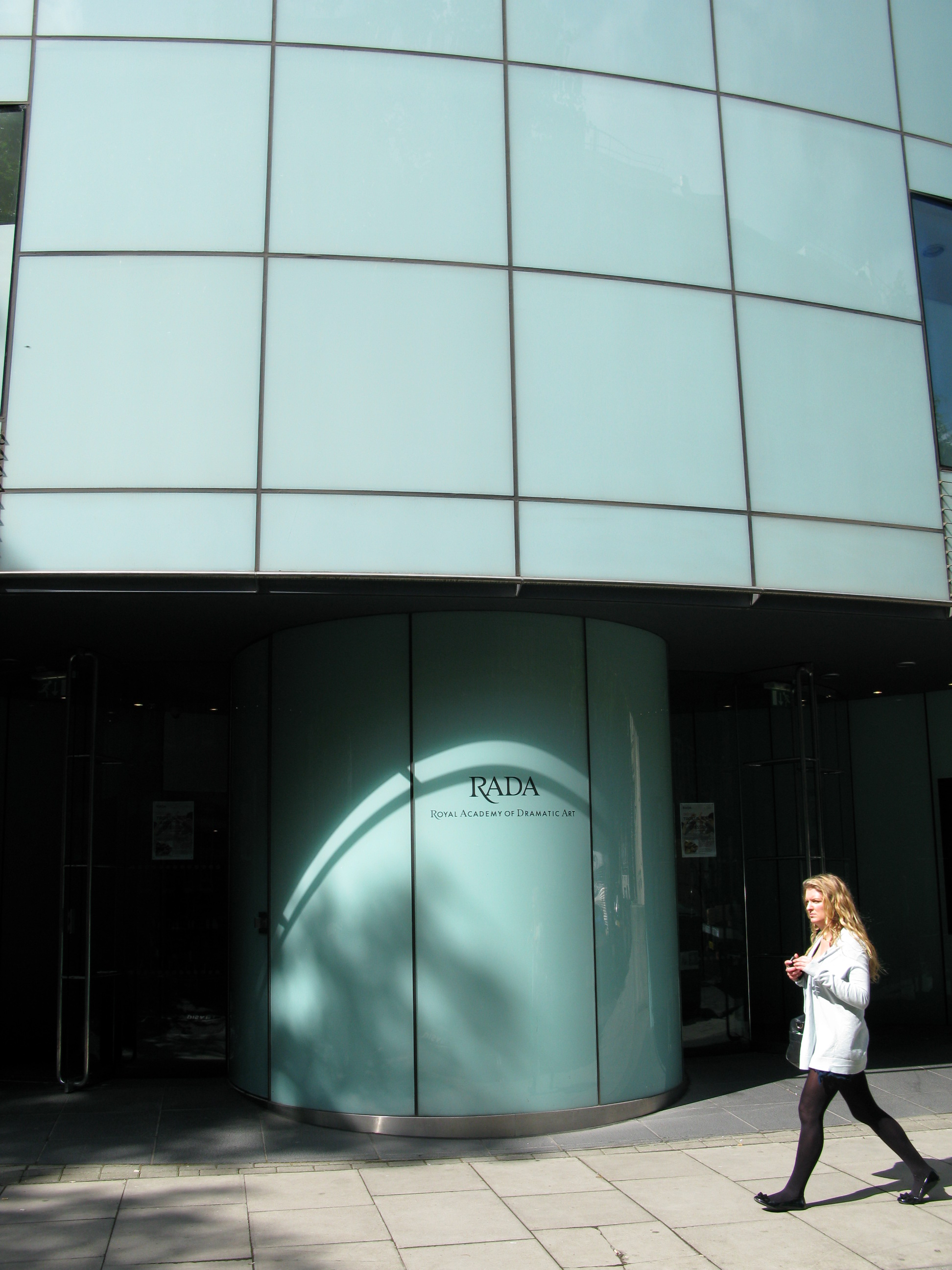
Add your ideas at the New London Architecture Gallery
It is also in Bloomsbury where you can participate in the making of modern London at the New London Architecture Gallery.
Here there are presentations, models, forums, debates and explorations about the remaking of modern London.
The gallery is free and open to the public every day but Sunday.
Get involved!
Here is their website with program of events:
Events at New London Architecture
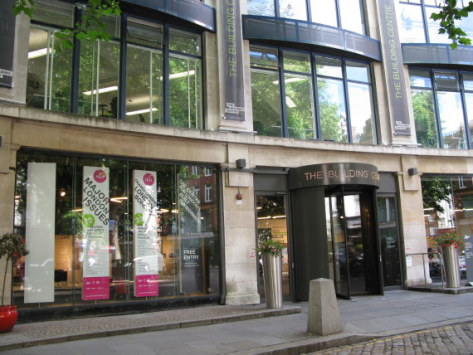
A walk around Bloomsbury will always bring you another piece of history to ponder and by which to be inspired.
In Coriolanus, William Shakespeare wrote:
What is the city but the people?
Bloomsbury continues to draw me back, for it was the home of so many people who have influenced our lives and given literature so much colour and life.
In its present day it still holds fascination, not only because it has a sort of familiarity from literature - where it features so often. Bloomsbury still has a feel of art, of inspired thought – and of being a haven of peacefulness in London - one of the world’s most loved and visited cities.
A walk through the streets of Bloomsbury is an adventure - not just of the day on which you travel – but into the past.
If you spend the time to pause and look – and imagine - in your exploration of Bloomsbury you can travel with some of history’s truly fascinating characters.
Other London Pages
